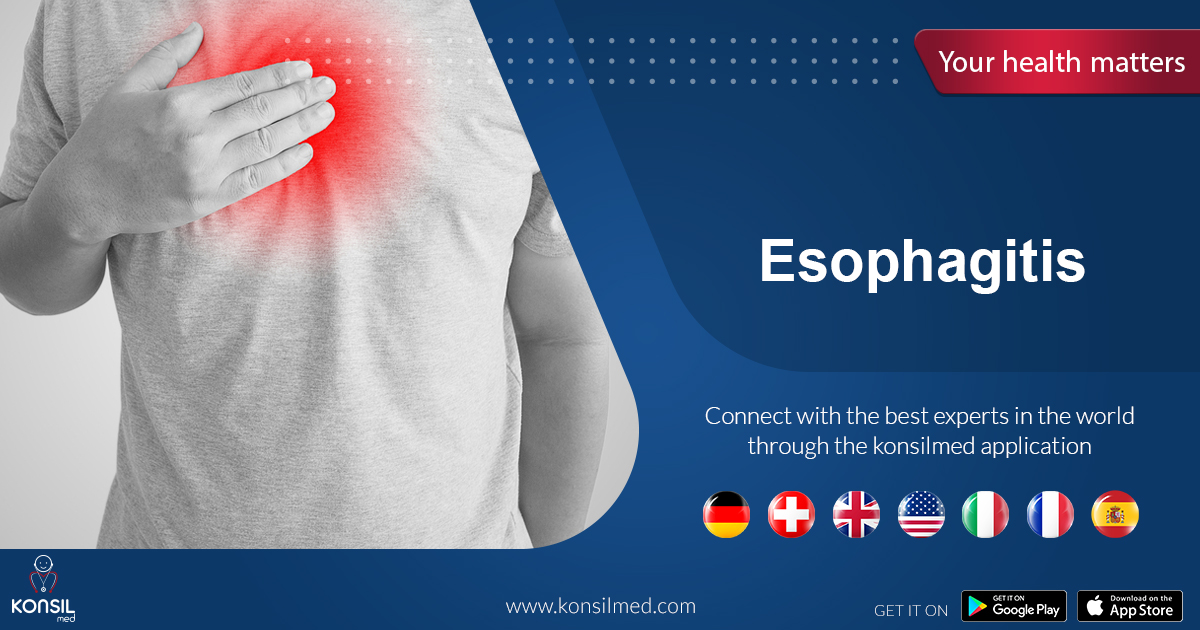
The pharynx is a muscular tube that is 25 centimeters long, and connects the throat and stomach and also passes through the chest and diaphragm.
Esophagitis occurs when the inner lining of the esophagus becomes inflamed. The esophagus consists of three layers: two inner layers covering the esophagus, one called the mucosa and the other called the submucosa, and an additional layer of muscle.
The esophagus works to pass food from the mouth to the stomach, where the food passes in rhythmic waves due to muscle movement called peristaltic waves.
When food passes through the upper and lower valves of the esophagus, its muscles relax and allow the food to continue its course. After the food passes the sphincter area, the muscles contract so that food and stomach acids do not return to the esophagus again.
An additional function of the esophagus is to secrete saliva, which helps in chewing food and maintaining its mucous layer.
Symptoms of esophagitis:
*Heartburn.
*Difficulty swallowing.
*Pain while swallowing.
*Acid regurgitation.
*Growth problems in children.
*pain in chest.
Causes of esophagitis:
*Gastroesophageal reflux
Gastroesophageal reflux is the first and most common cause of esophagitis, as it occurs as a result of acidic stomach content refluxing from the stomach into the esophagus.
*Eating disorders
Repeated vomiting causes acid burns on the surface of the esophagus. Therefore, esophagitis is more common among patients with eating disorders.
*Taking certain medications
Taking certain medications may cause esophagitis, such as: antibiotics, potassium capsules, aspirin, nonsteroidal anti-inflammatory drugs (NSAIDS), anti-osteoporosis medications, iron supplements, and chemotherapy.
Risk factors for developing esophagitis:
*Eating before bed.
*Excessive consumption of alcohol and caffeine.
*Smoking.
*Obesity.
*Eating too much fatty meals.
Take medications without water or with a little water.
*Getting older.
Complications of esophagitis:
*Narrowing of the esophagus.
*Rupture of the tissue lining the esophagus.
*Having Barrett's disease causes an increased risk of cancer.
Diagnosis of esophagitis:
Esophagitis is usually diagnosed through a physical examination of the patient, and some tests are sometimes performed as follows:
*X-rays using barium
In this examination, the patient is given a barium solution or tablets, as the barium shows the stomach and esophagus area, which helps determine the presence of any narrowing in the esophagus and any other abnormalities.
*Endoscopy
In this examination, the doctor inserts a thin endoscope containing a camera into the esophagus, where he searches for any strange phenomena, and takes samples from the esophagus for examination. This examination is usually performed under anesthesia.
*Laboratory tests
During these tests, a small sample of esophageal tissue is taken and then taken to the laboratory for examination, where the presence of any bacterial or viral infection is diagnosed, and any abnormal cells are detected.
Treatment of esophagitis:
Treatment of esophagitis aims to alleviate the symptoms and complications of the disease and treat the main causes of the disease. Treatment may include the following:
*Take some medications
In many cases, over-the-counter medications are used that help reduce stomach acidity by reducing acid secretion, such as: H2 receptor blockers and proton pump inhibitors.
Other times, the doctor may prescribe some antibiotics if the cause of the inflammation is a bacterial, viral, or parasitic infection.
*Surgery
During the surgical procedure, the sphincter muscle that connects the esophagus and the stomach is strengthened by wrapping part of the stomach over it, as this strengthens the sphincter and prevents acid reflux.
Some ways to help prevent esophagitis:
*Avoid foods that increase the likelihood of reflux, such as caffeine and alcohol.
*Take medications with good amounts of water.
*Following a proper diet helps maintain a healthy weight.
*Avoid painkillers as much as possible.
*Quit Smoking.
*Avoid lying down after eating.
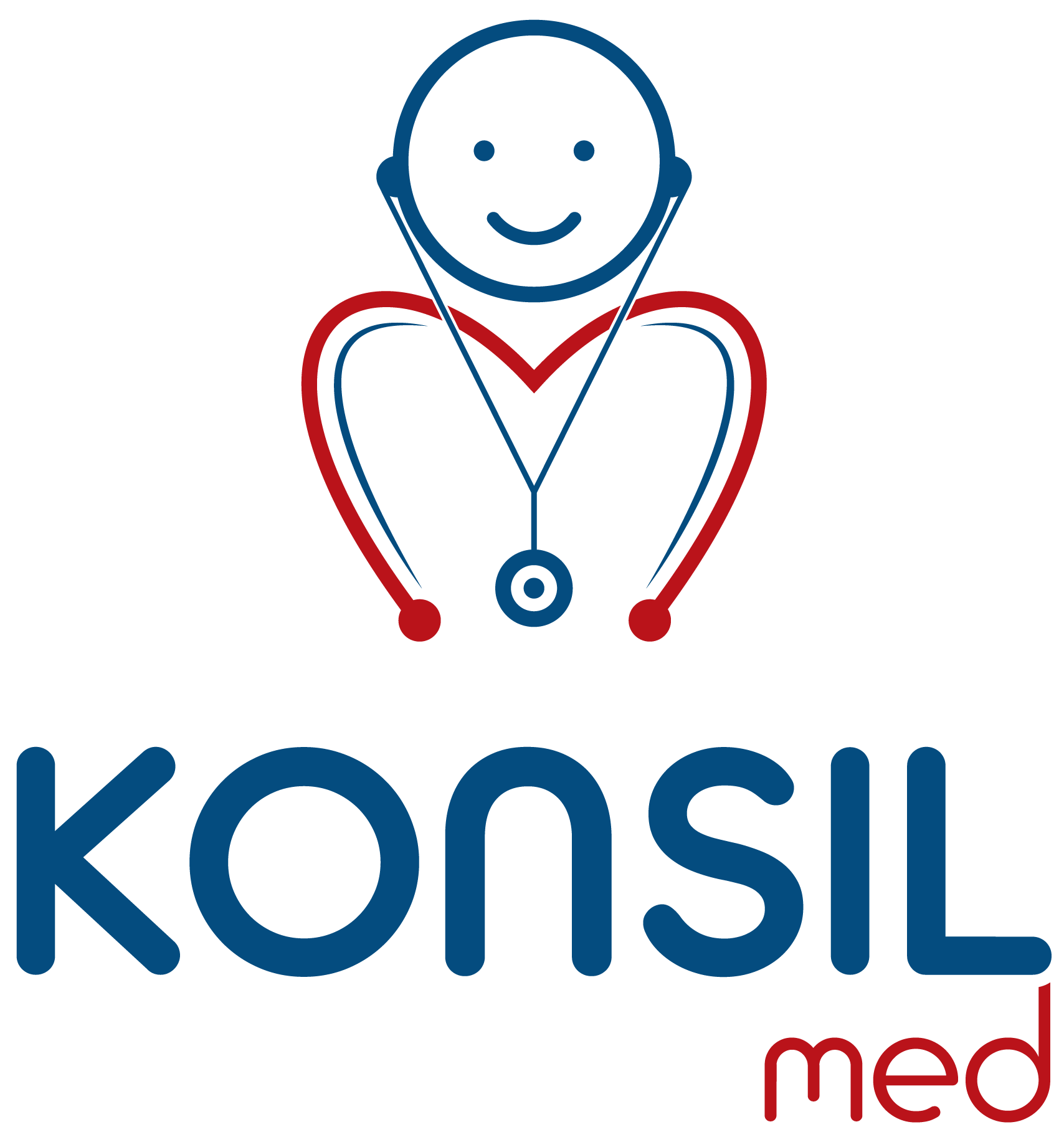




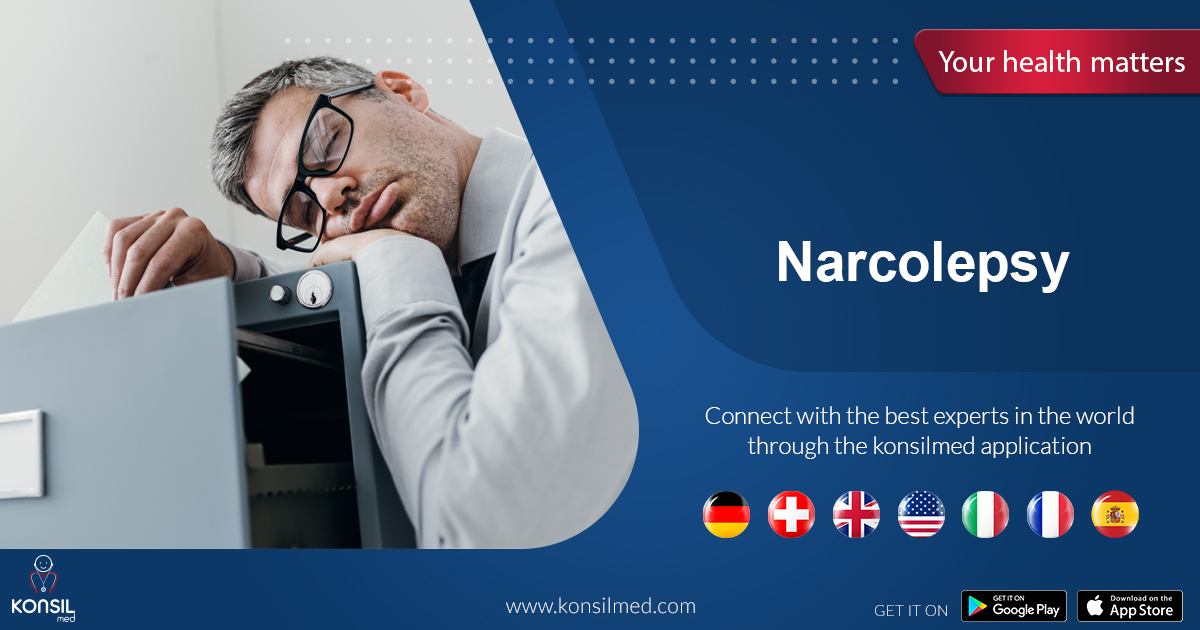
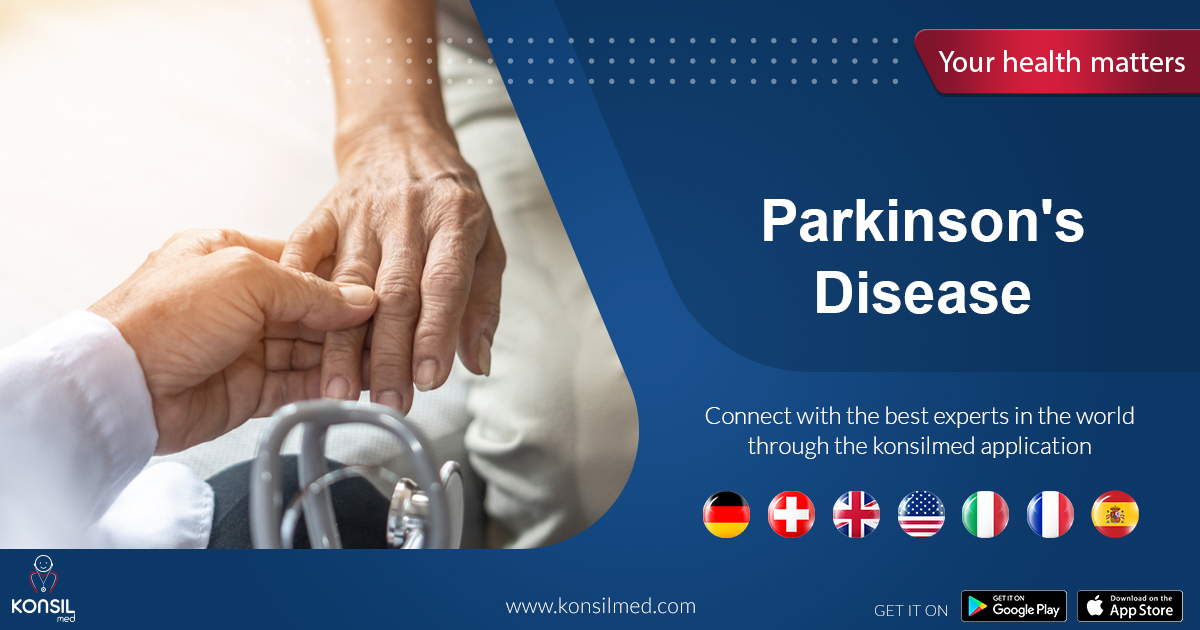
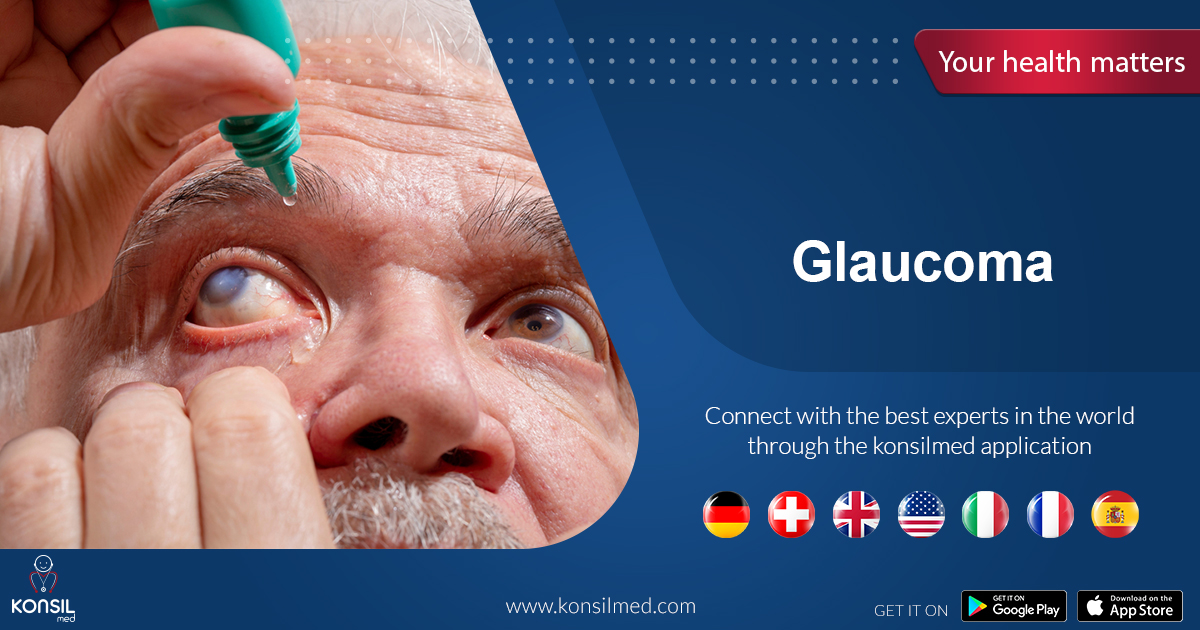
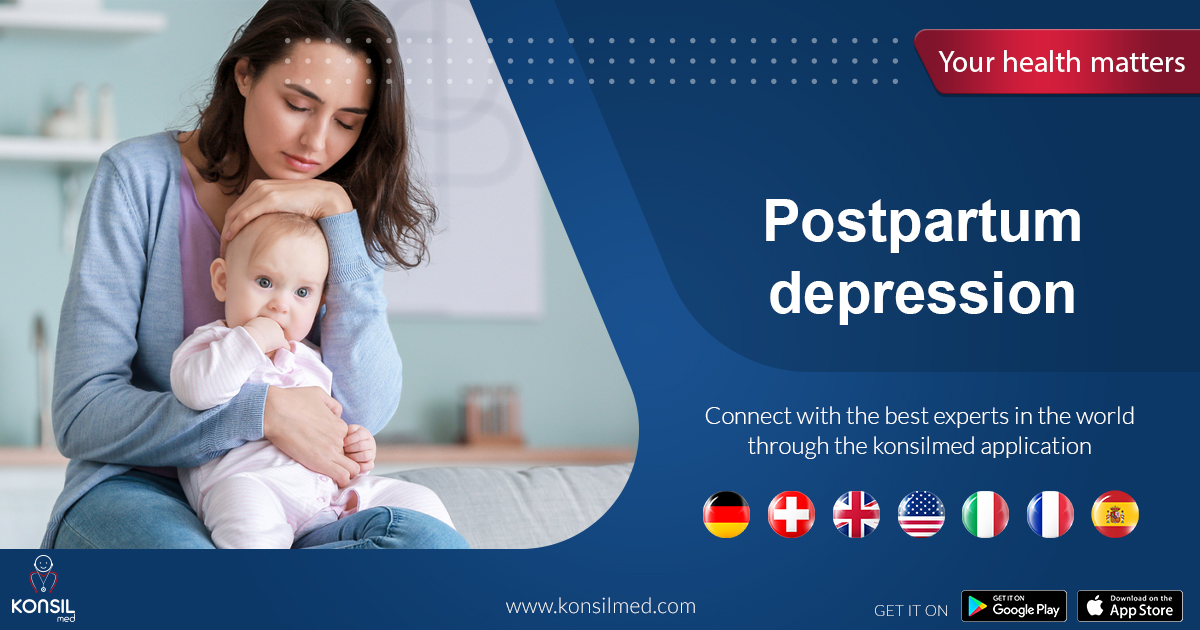
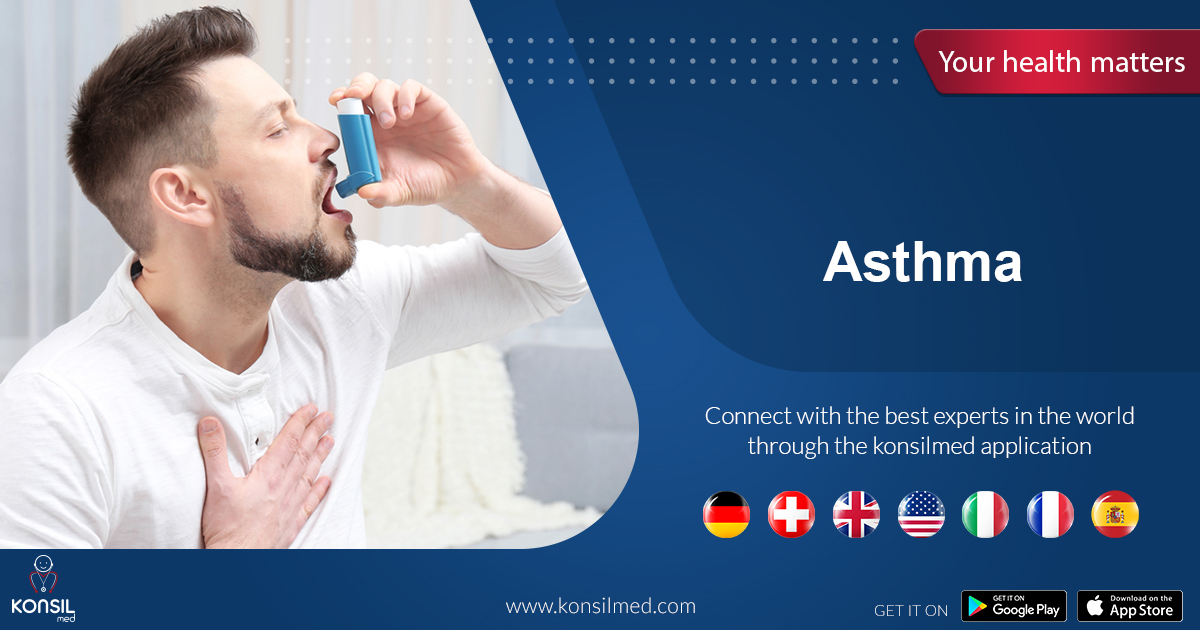
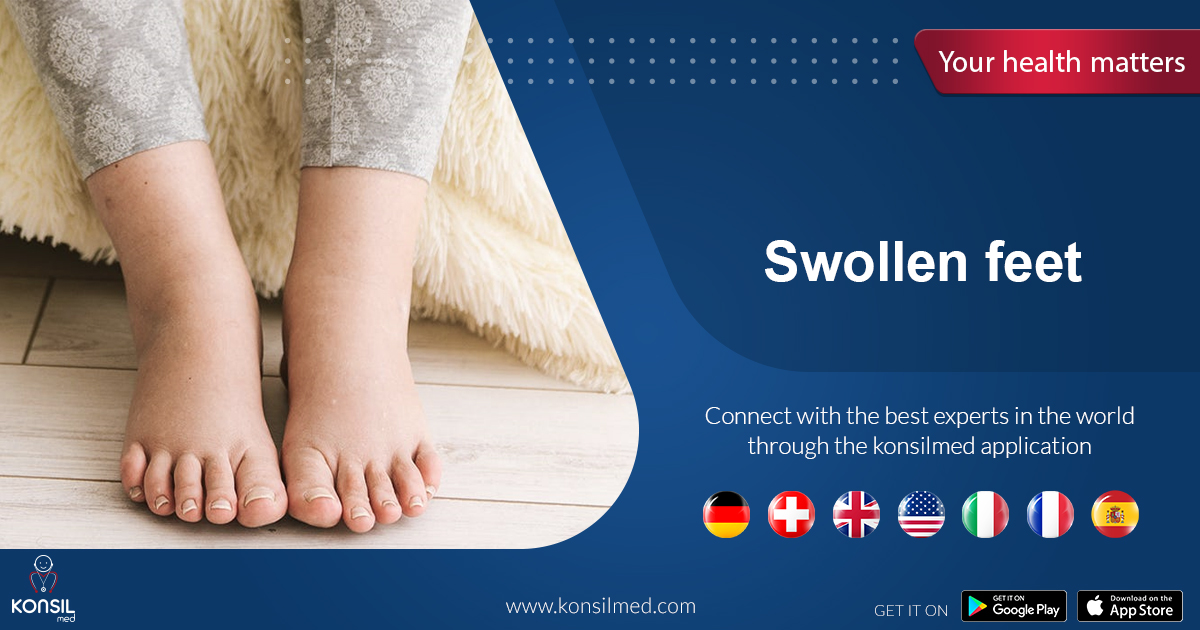
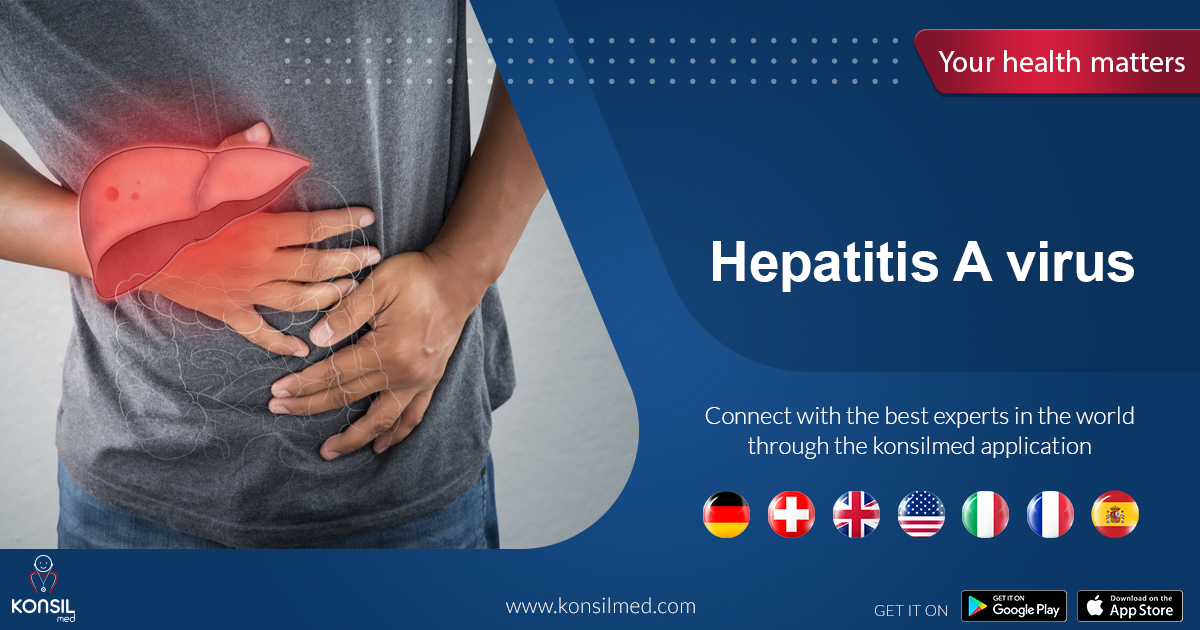
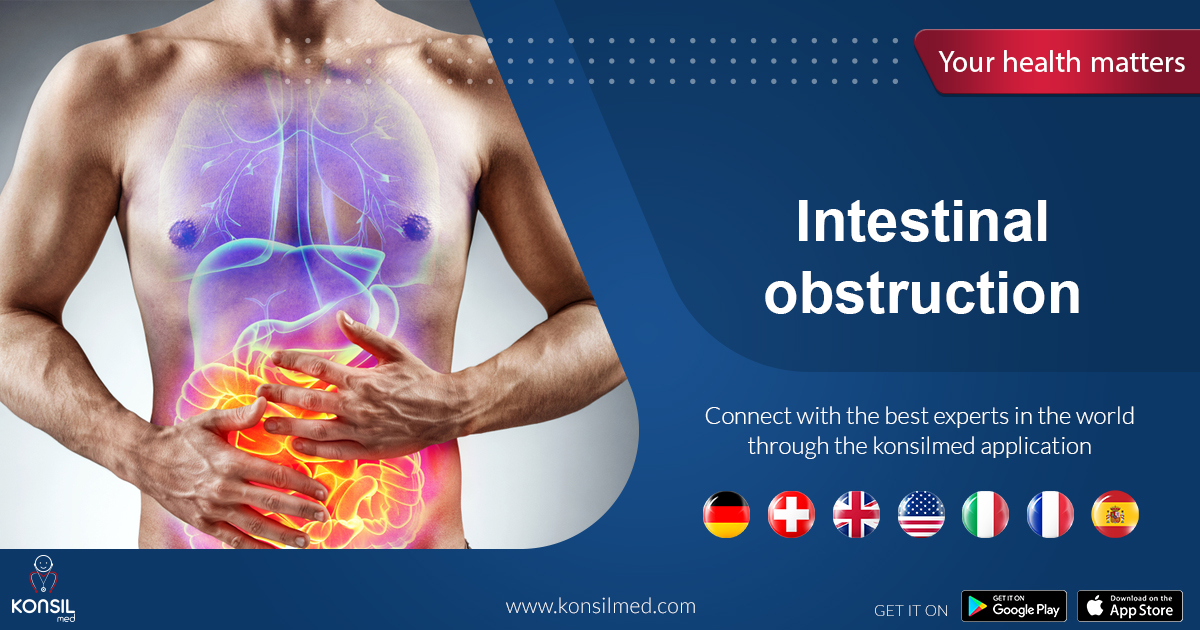
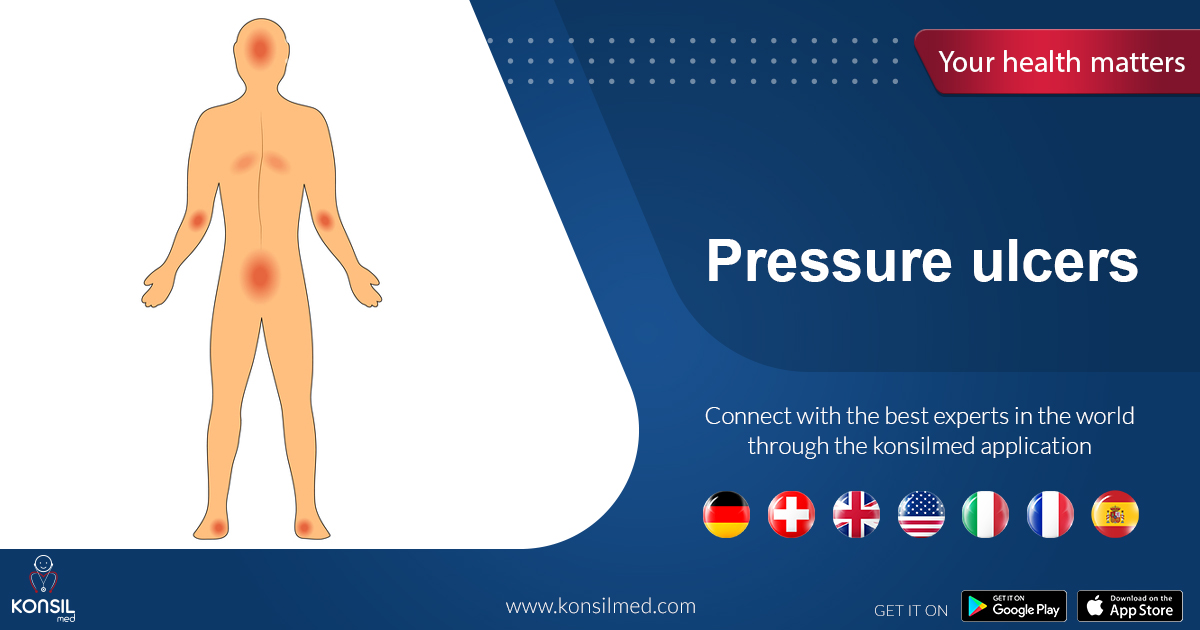
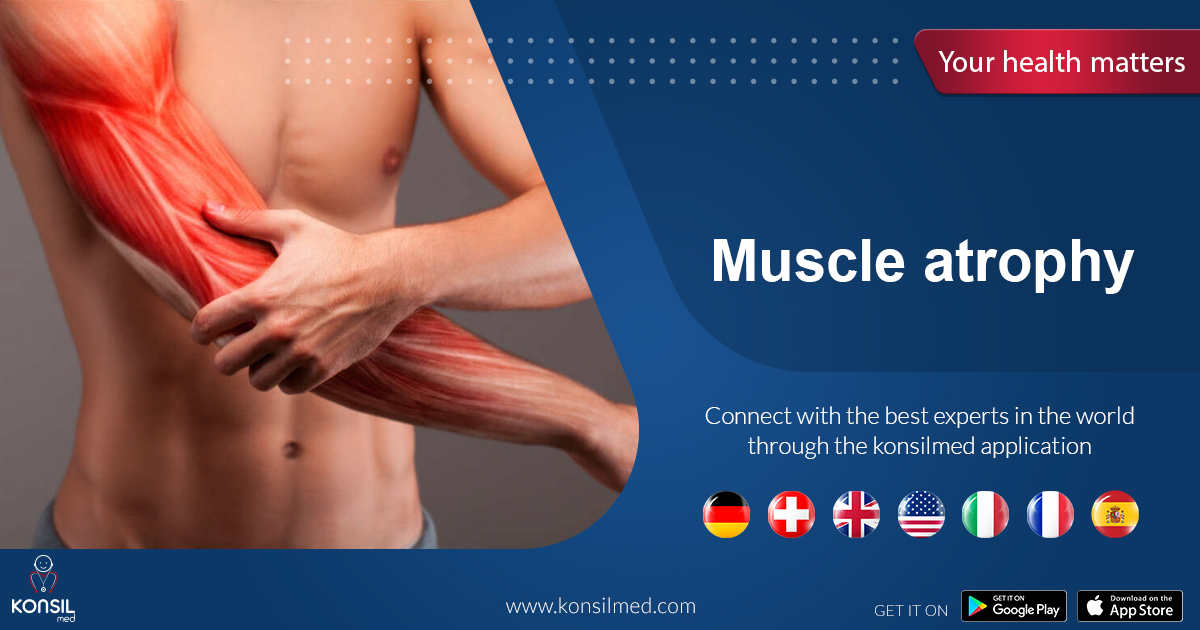
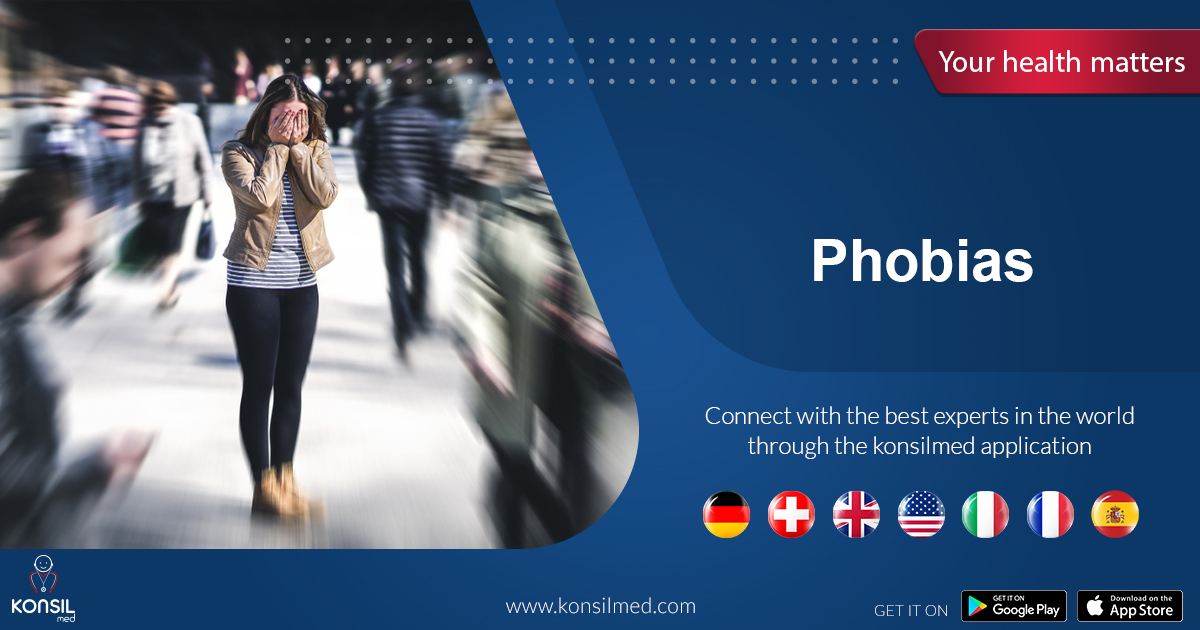
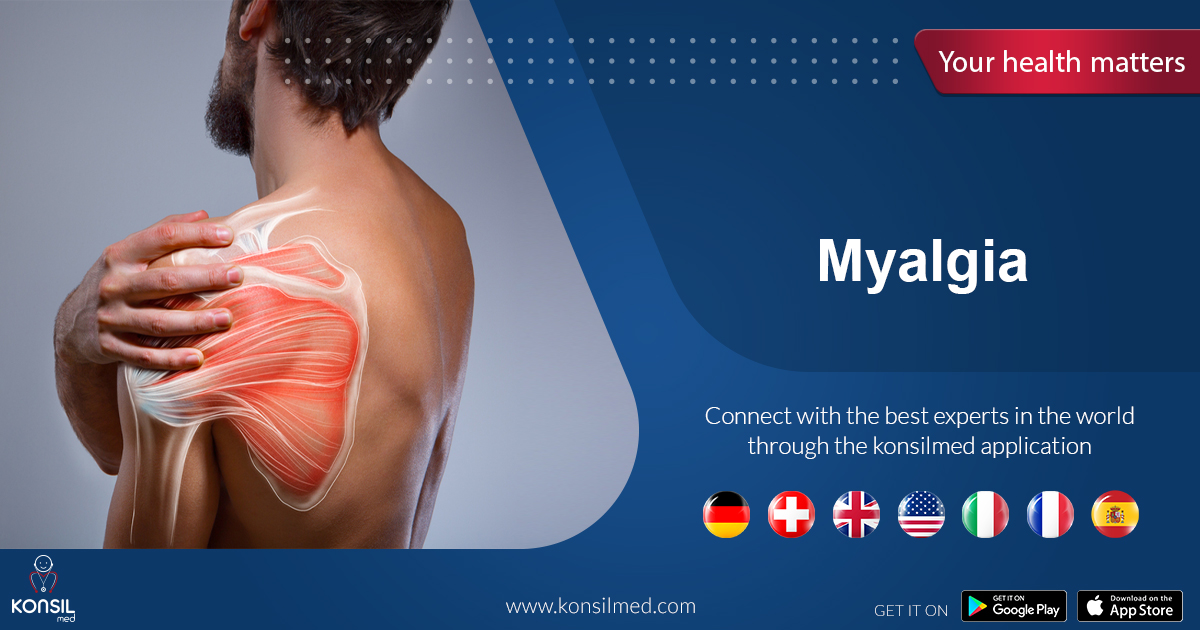
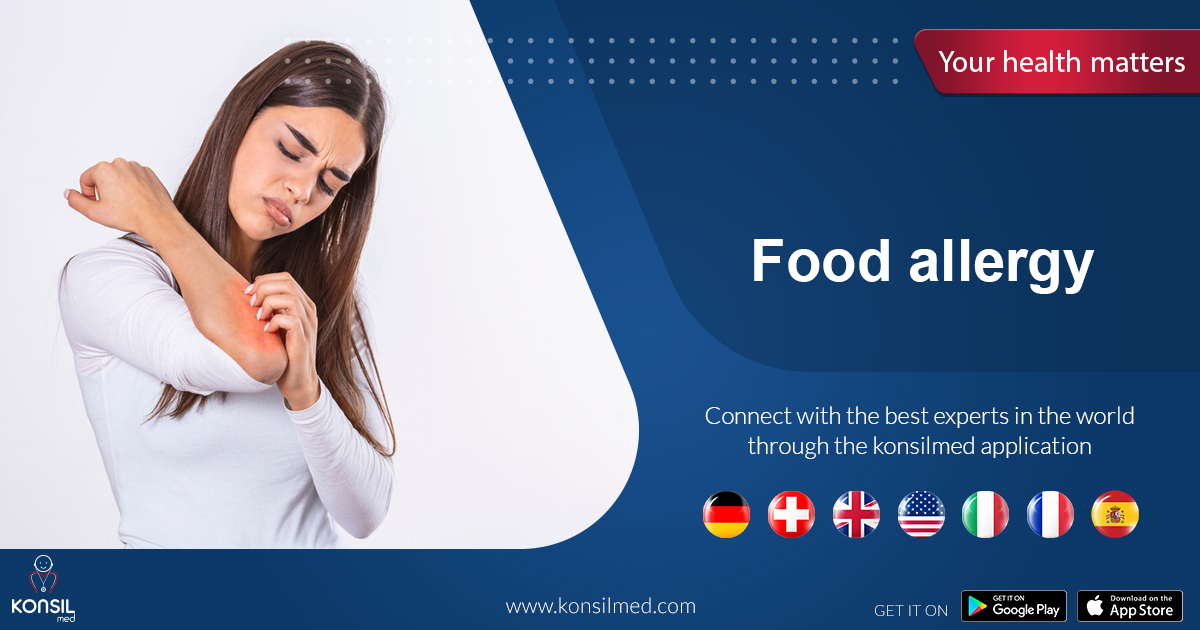
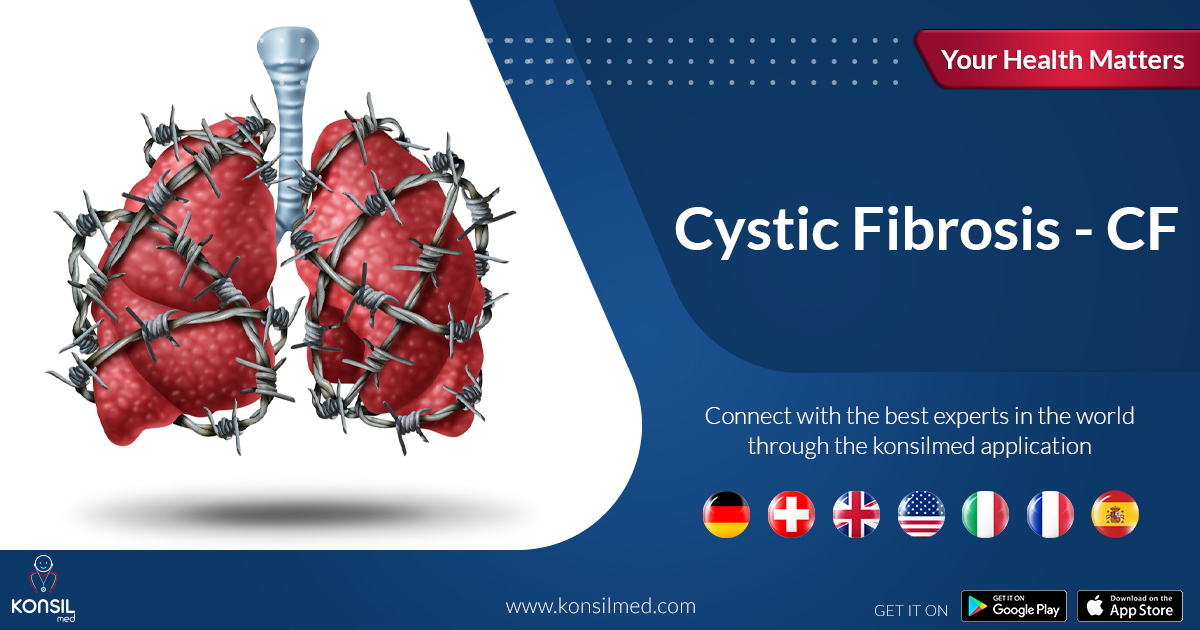
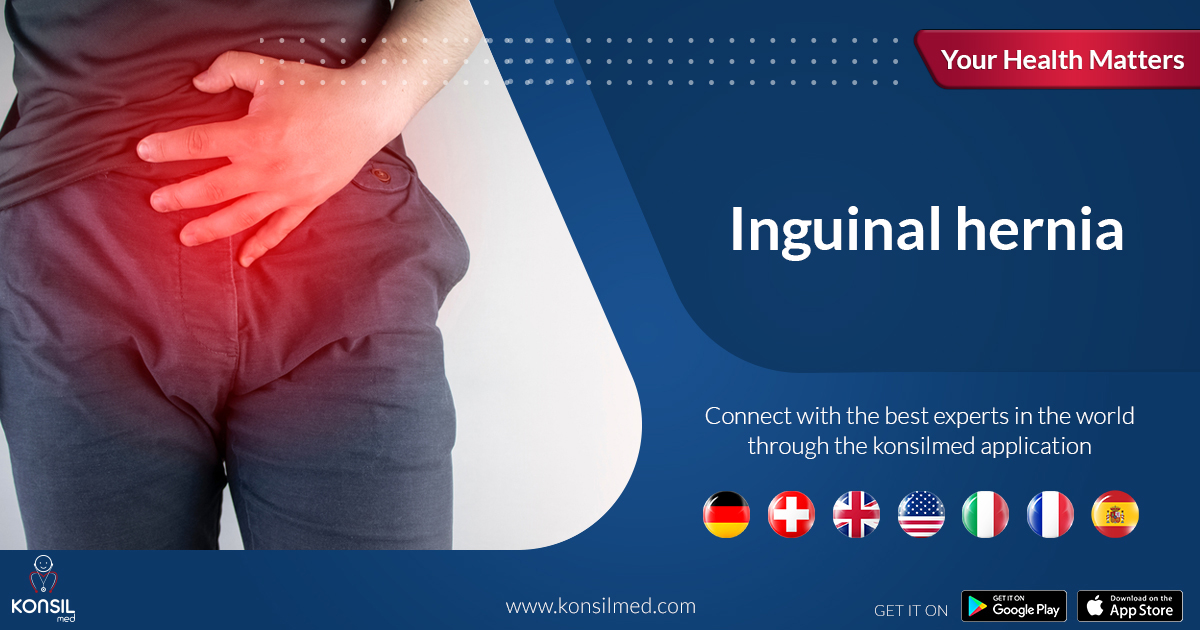
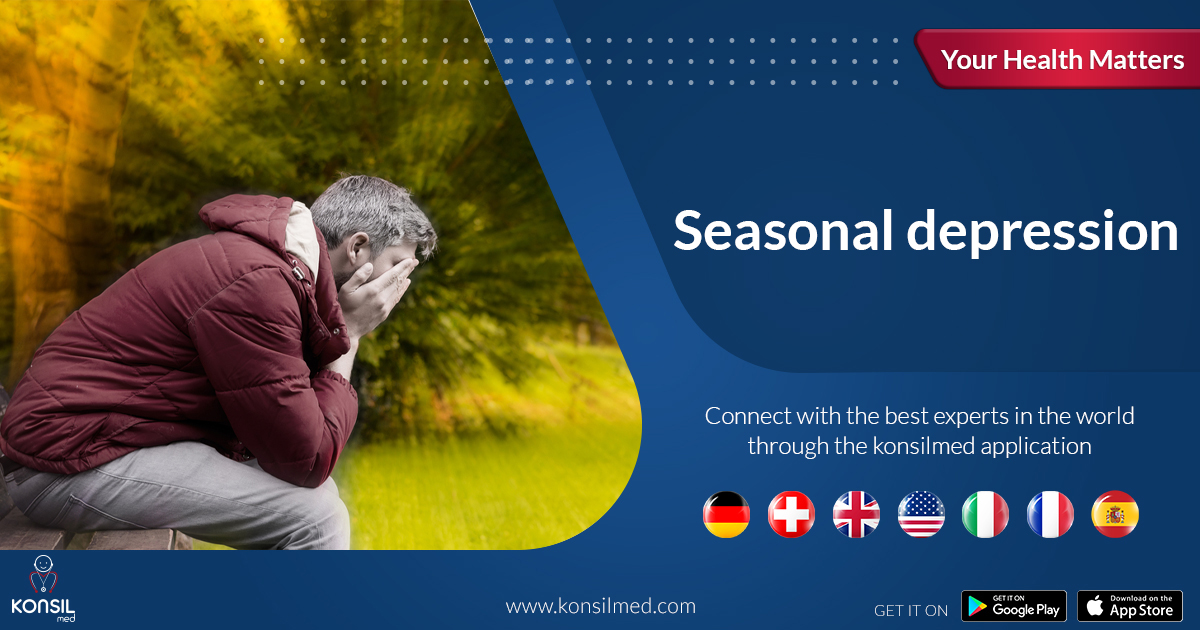
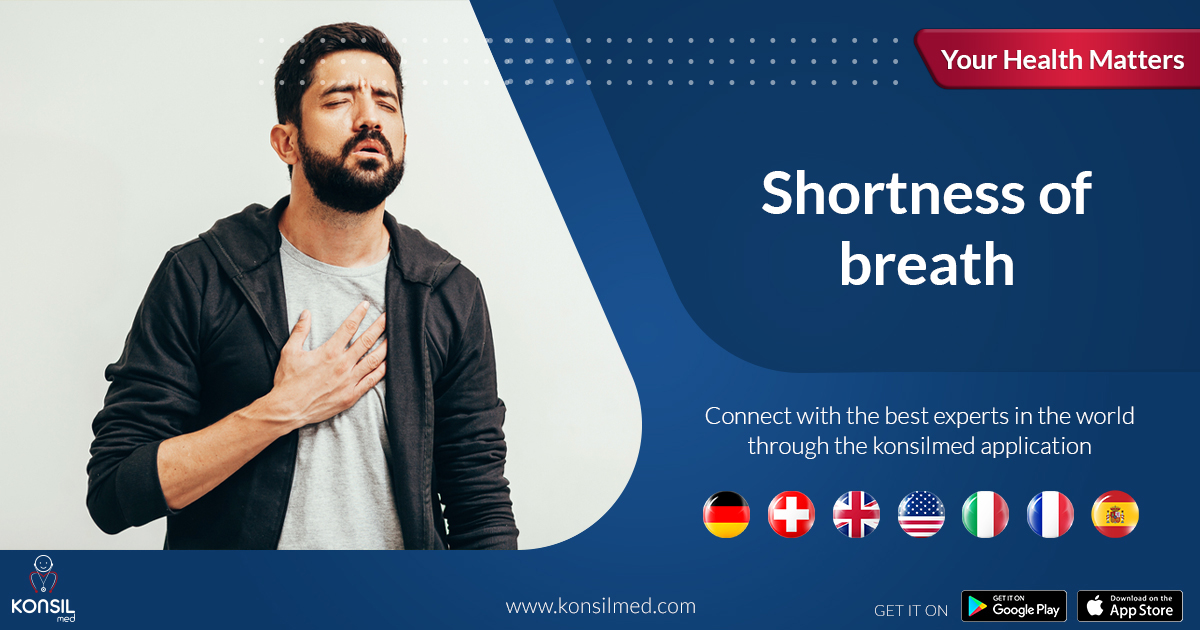
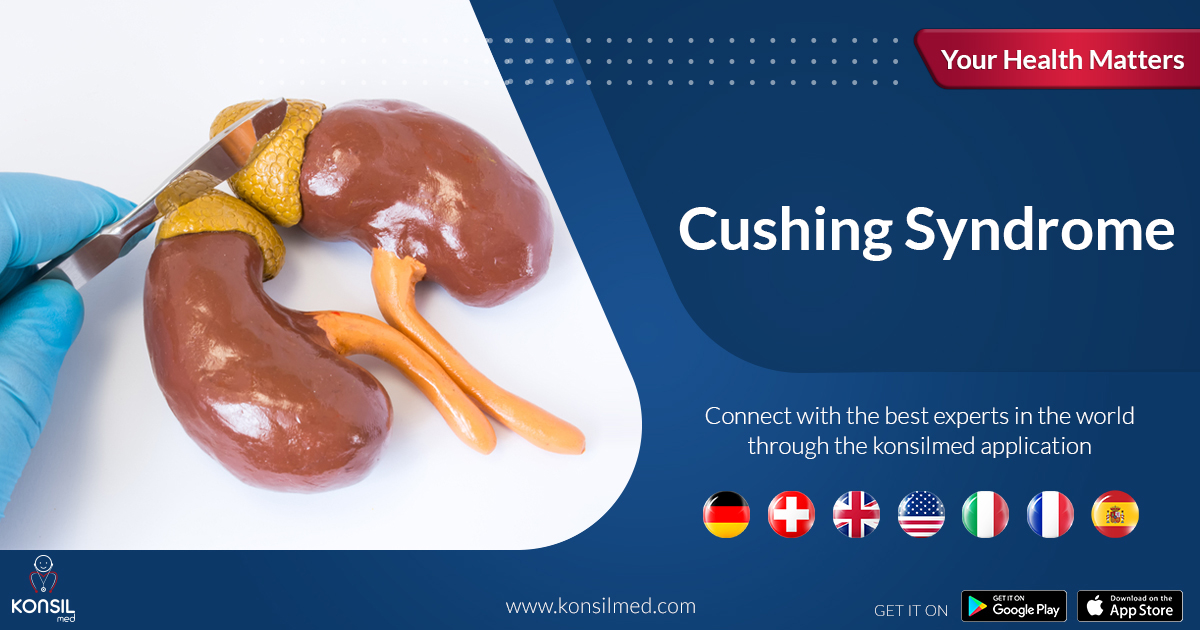
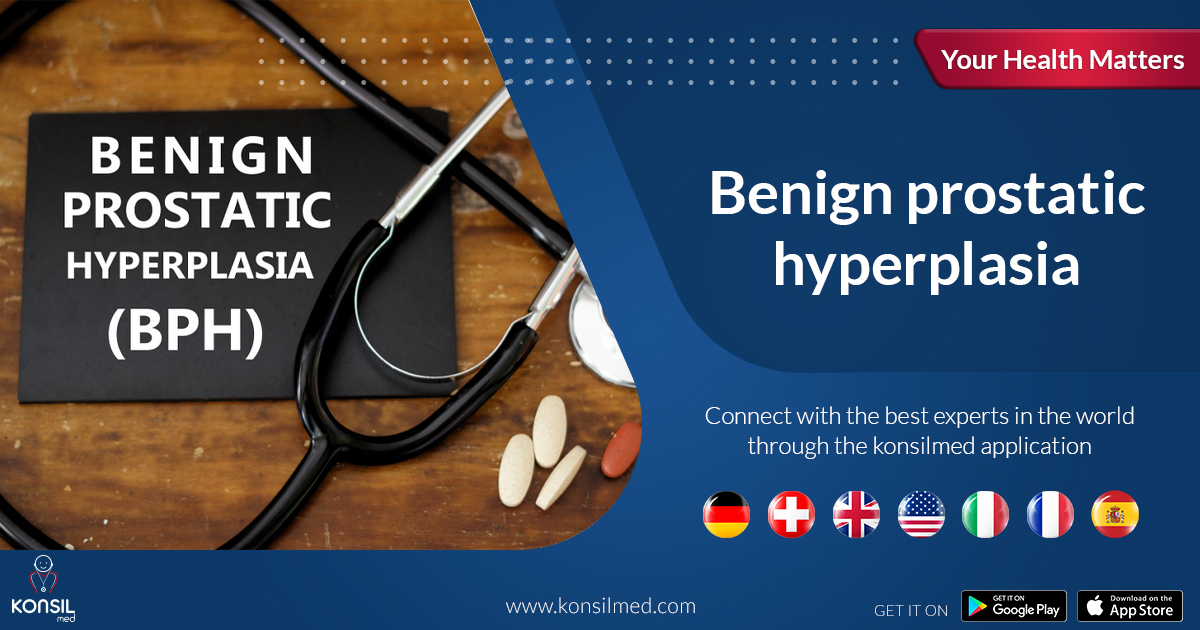
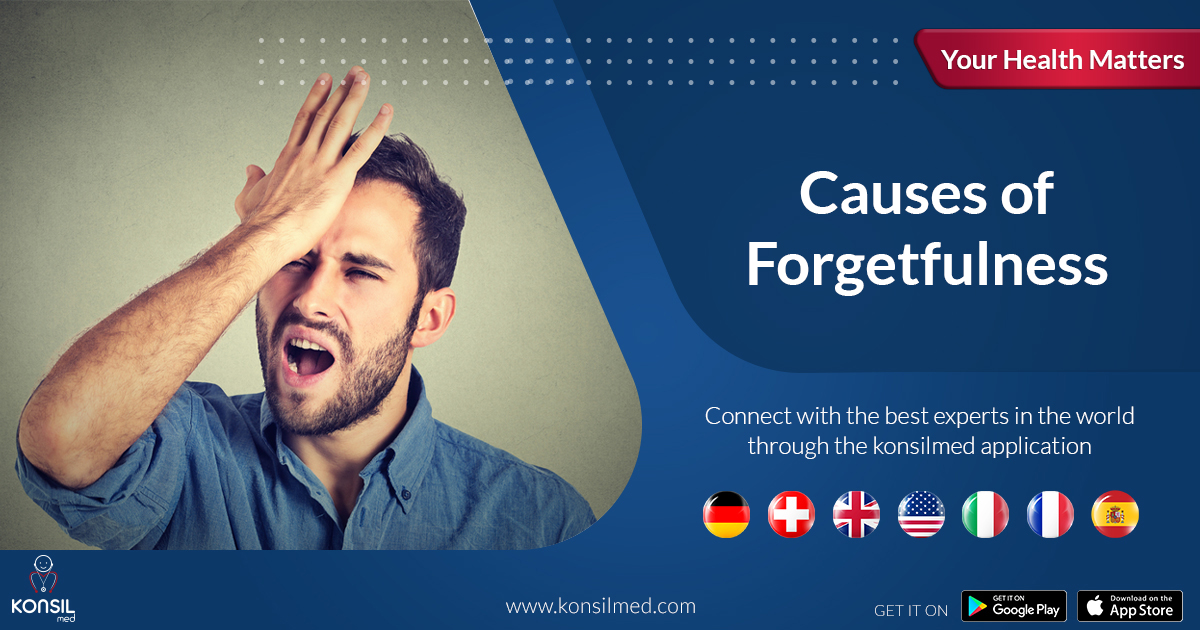
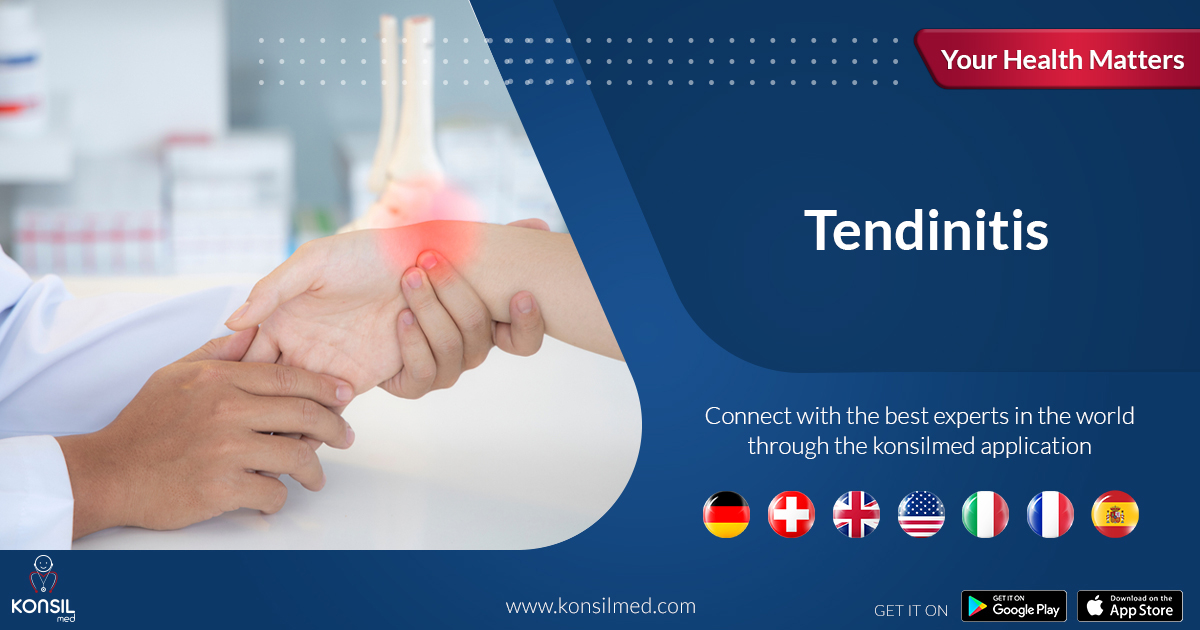
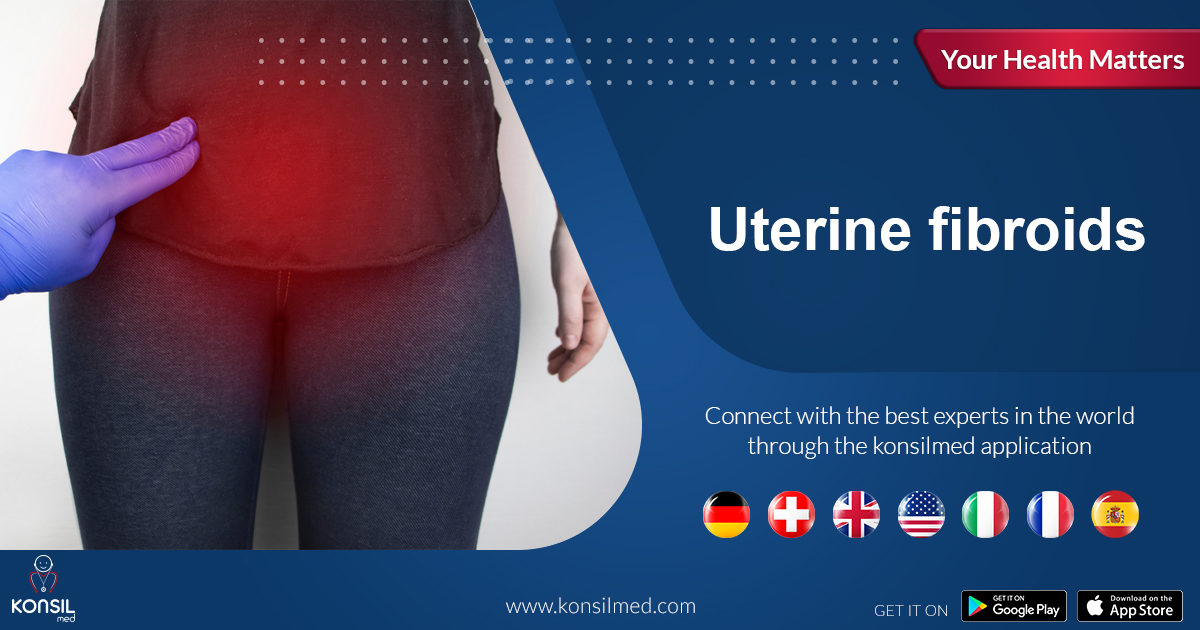
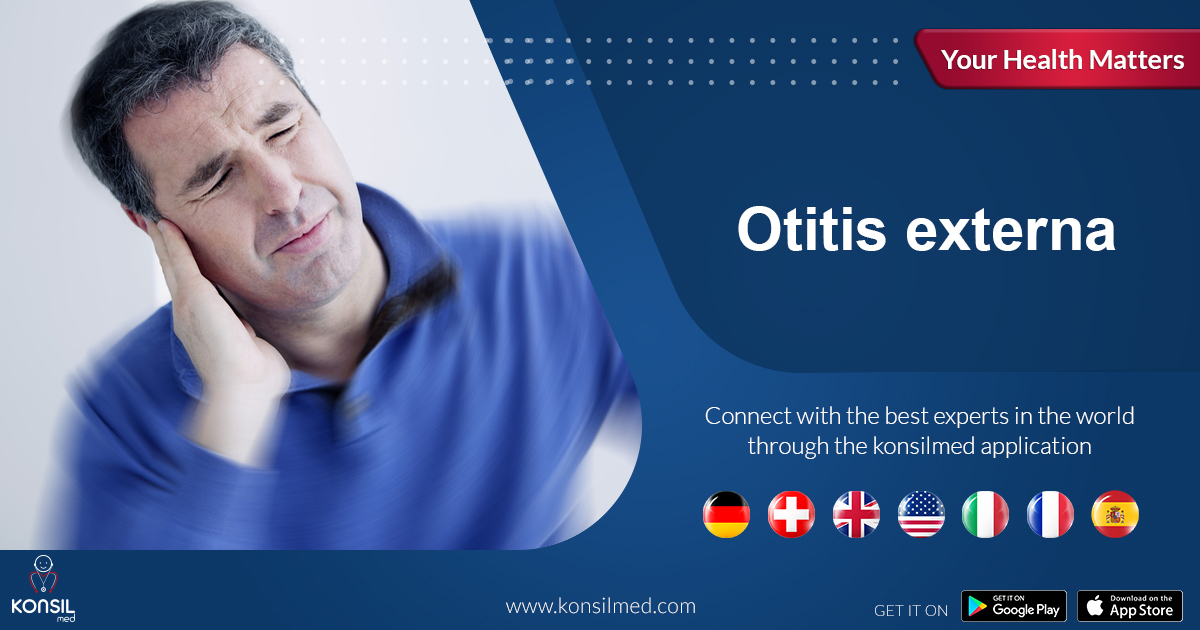
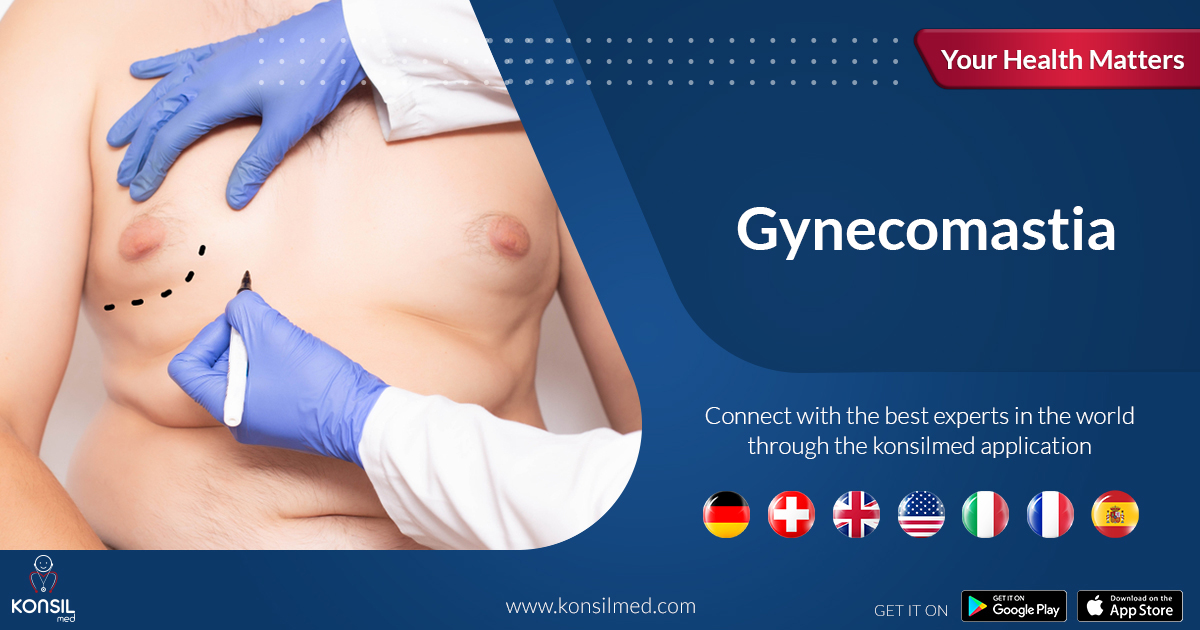

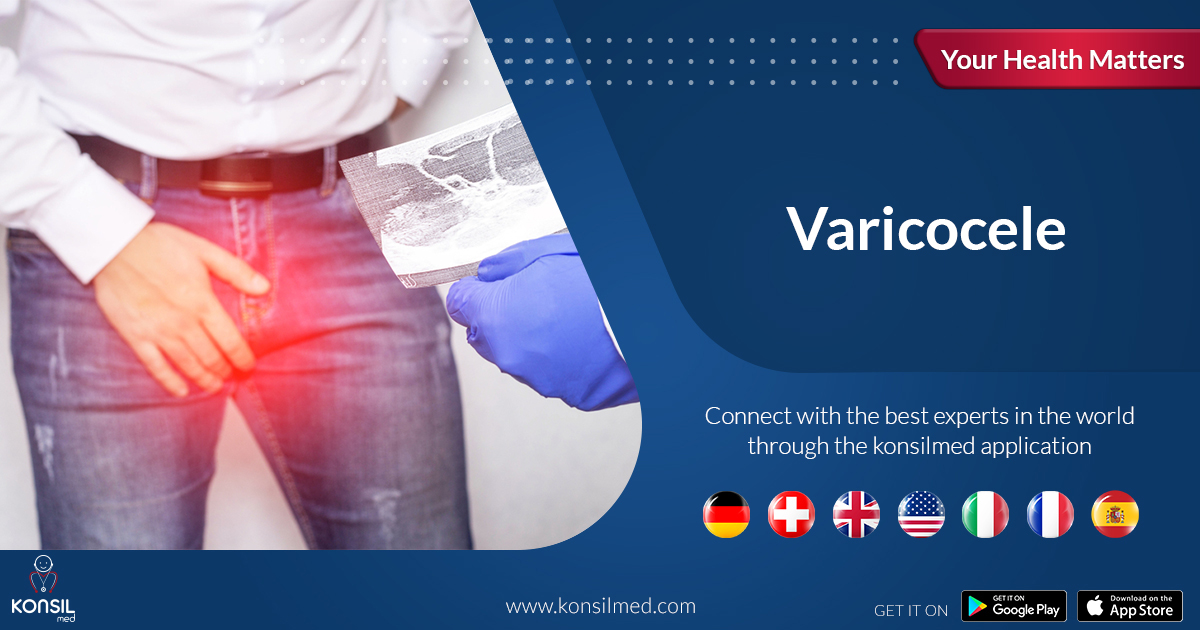
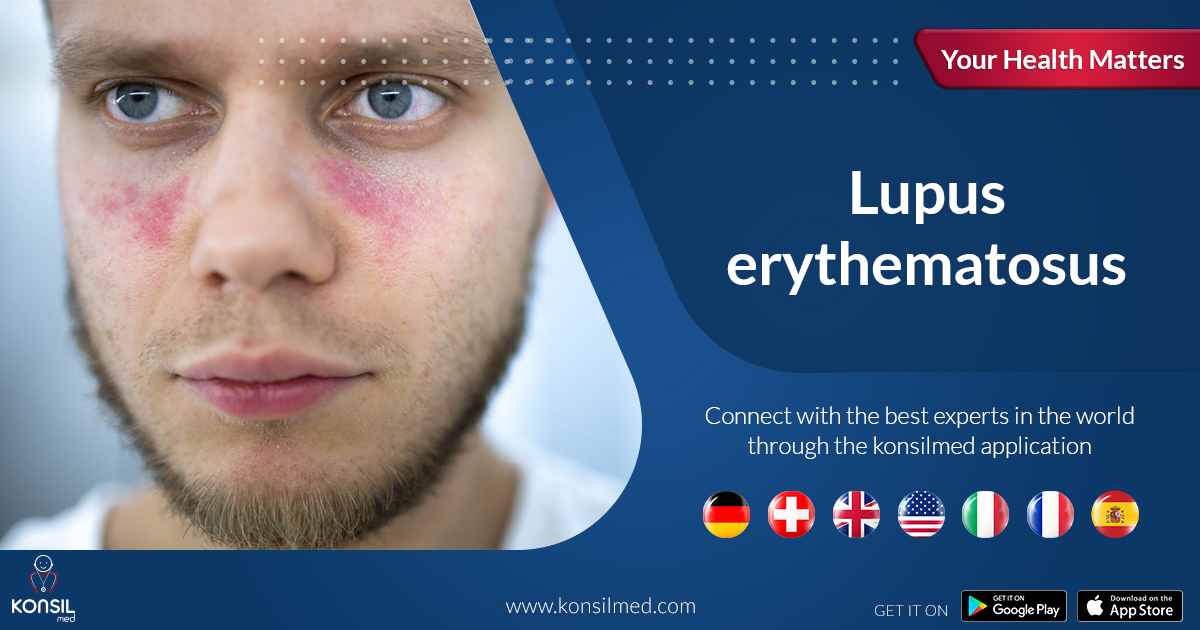

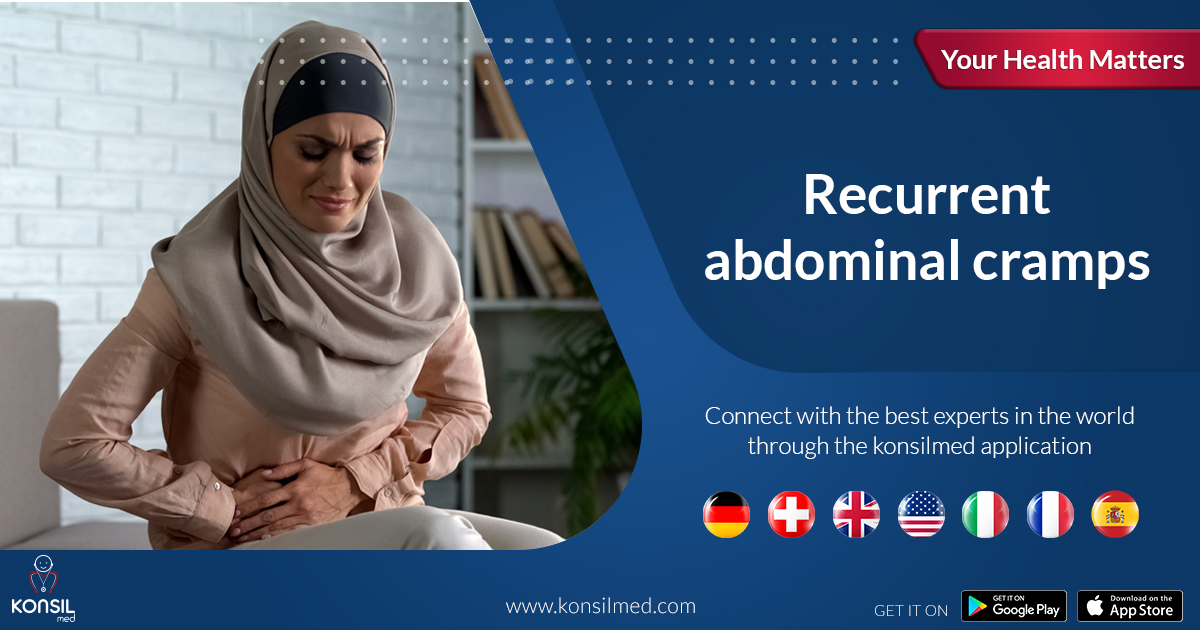
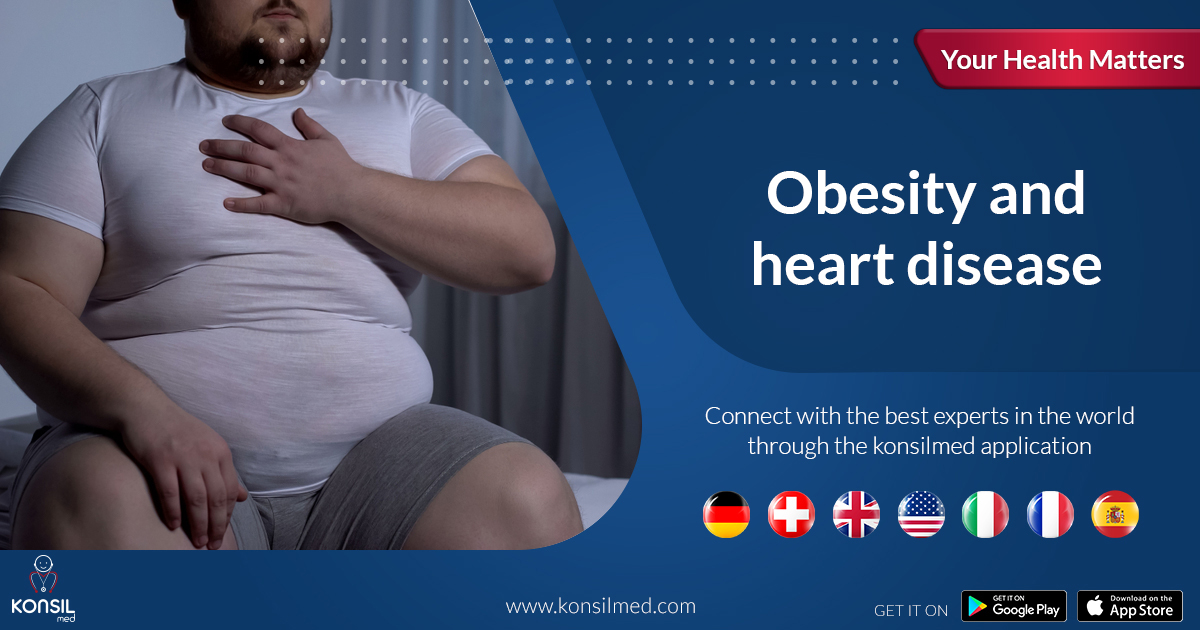
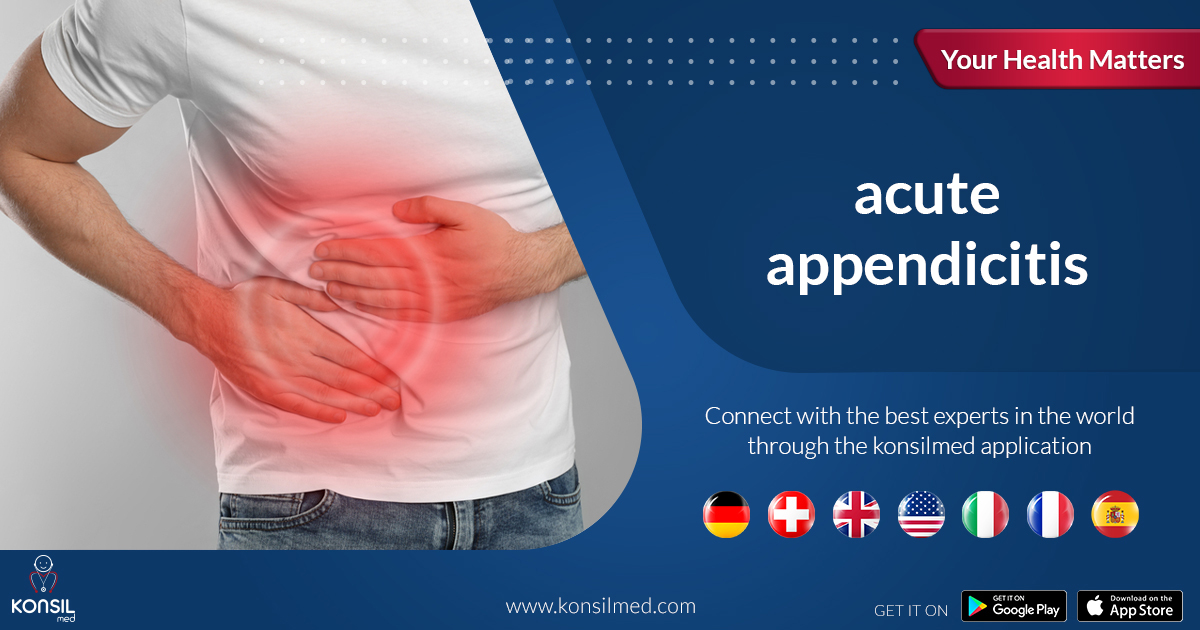
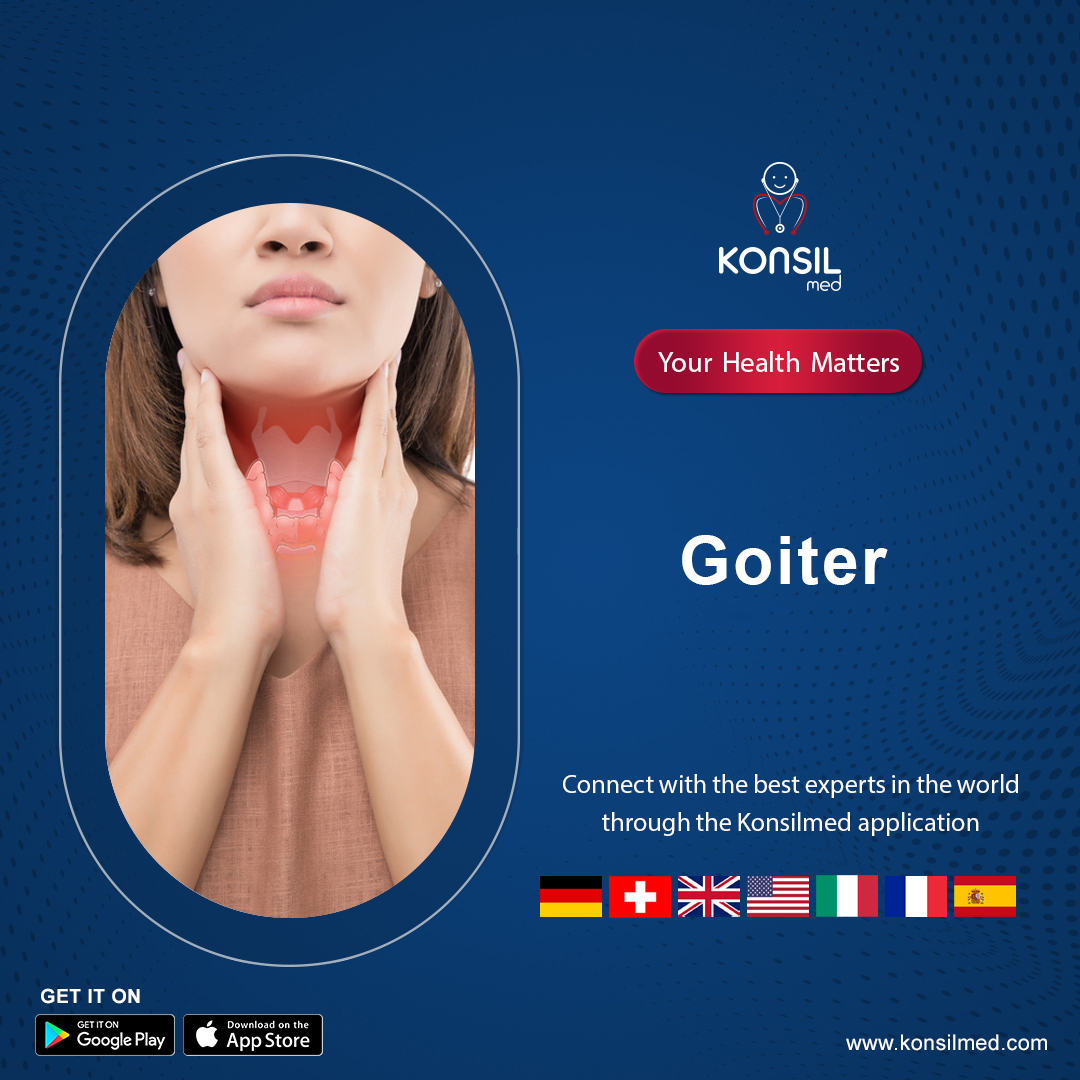



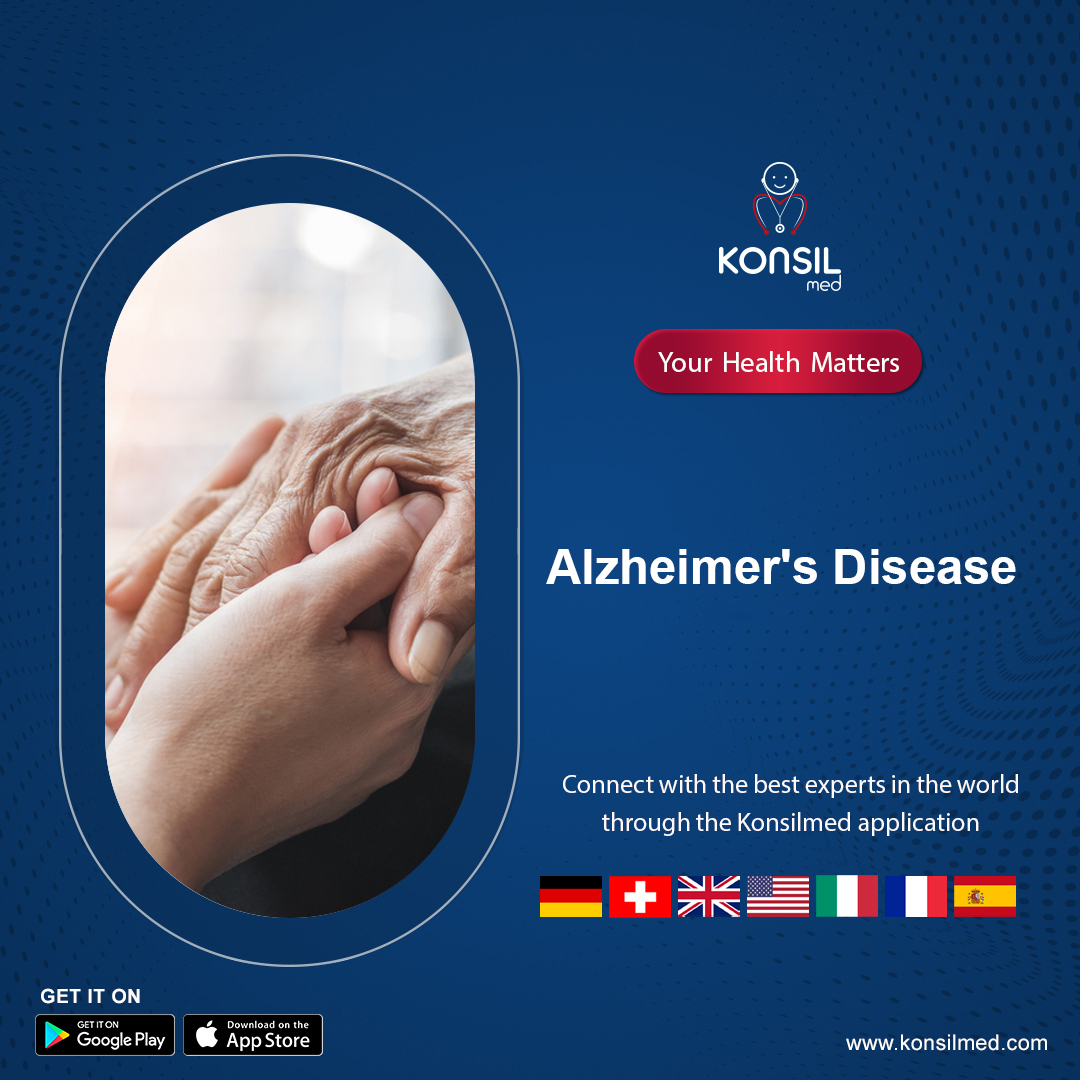
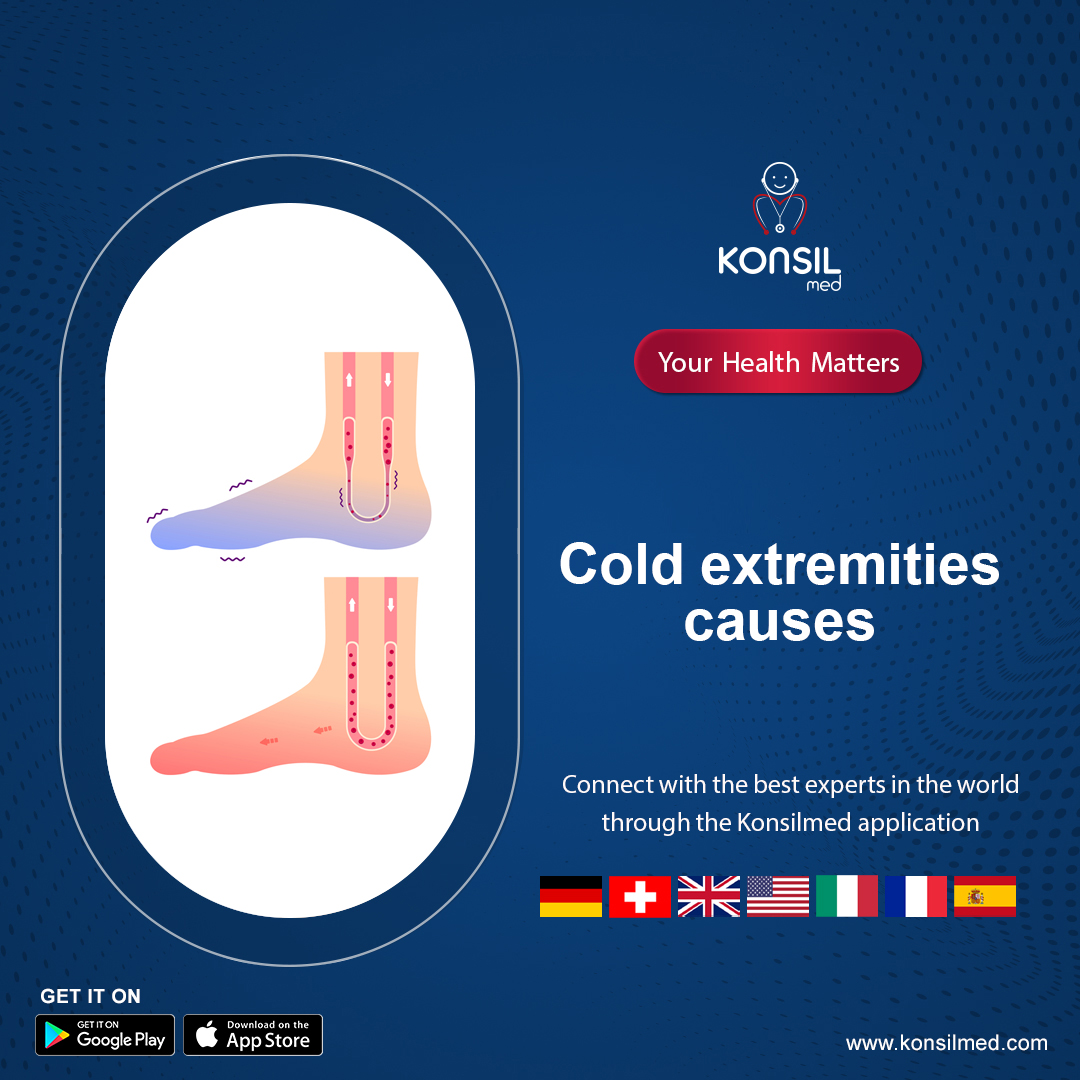
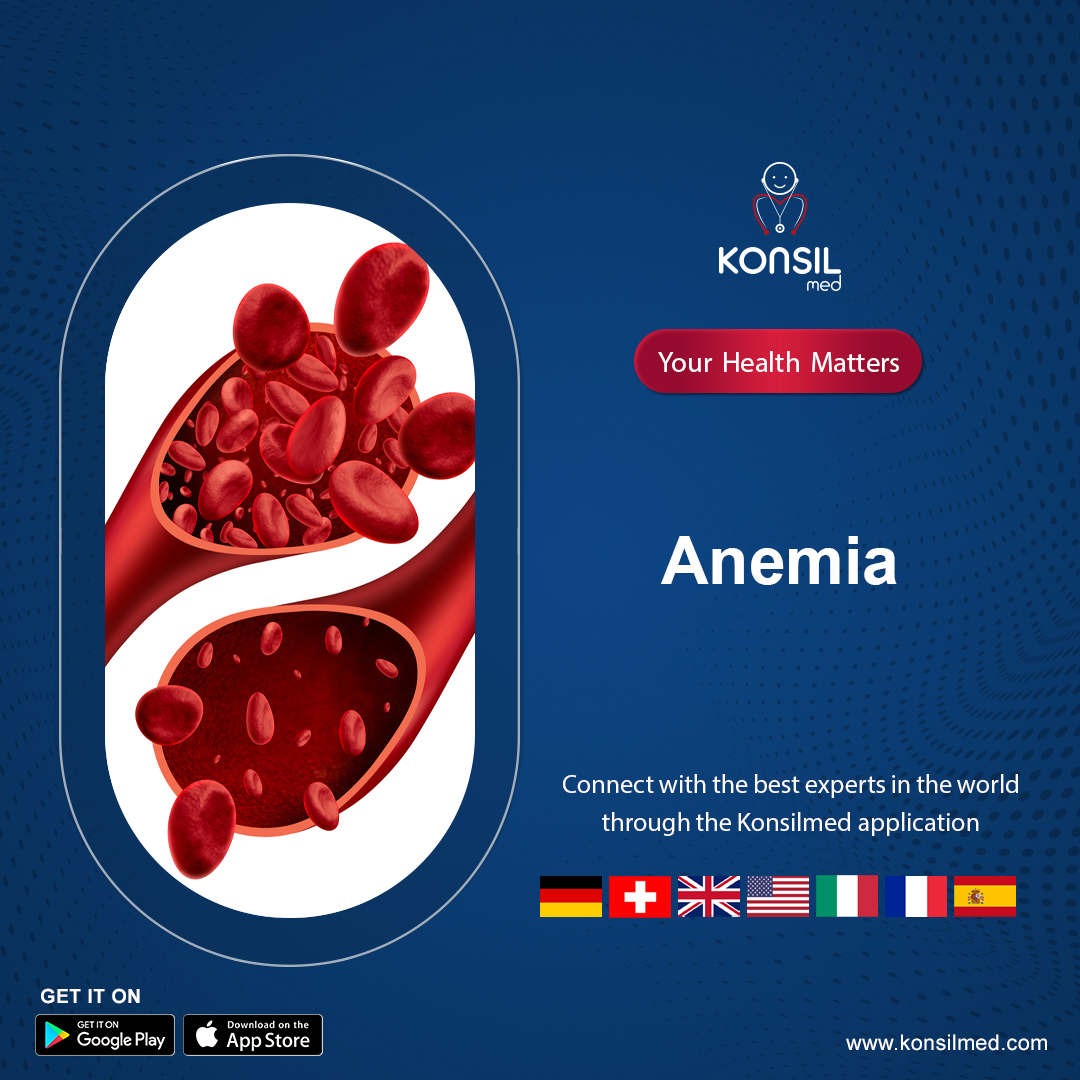
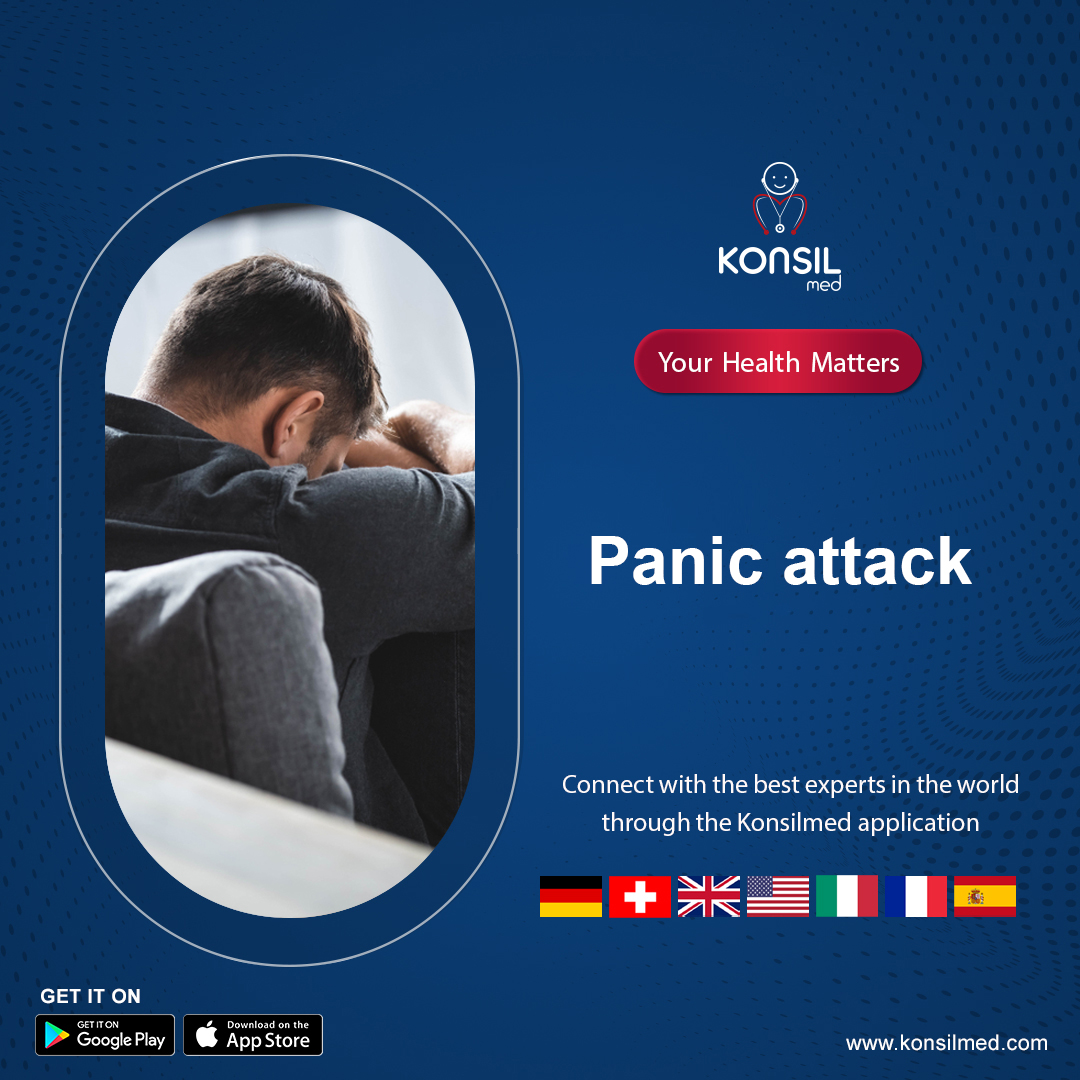


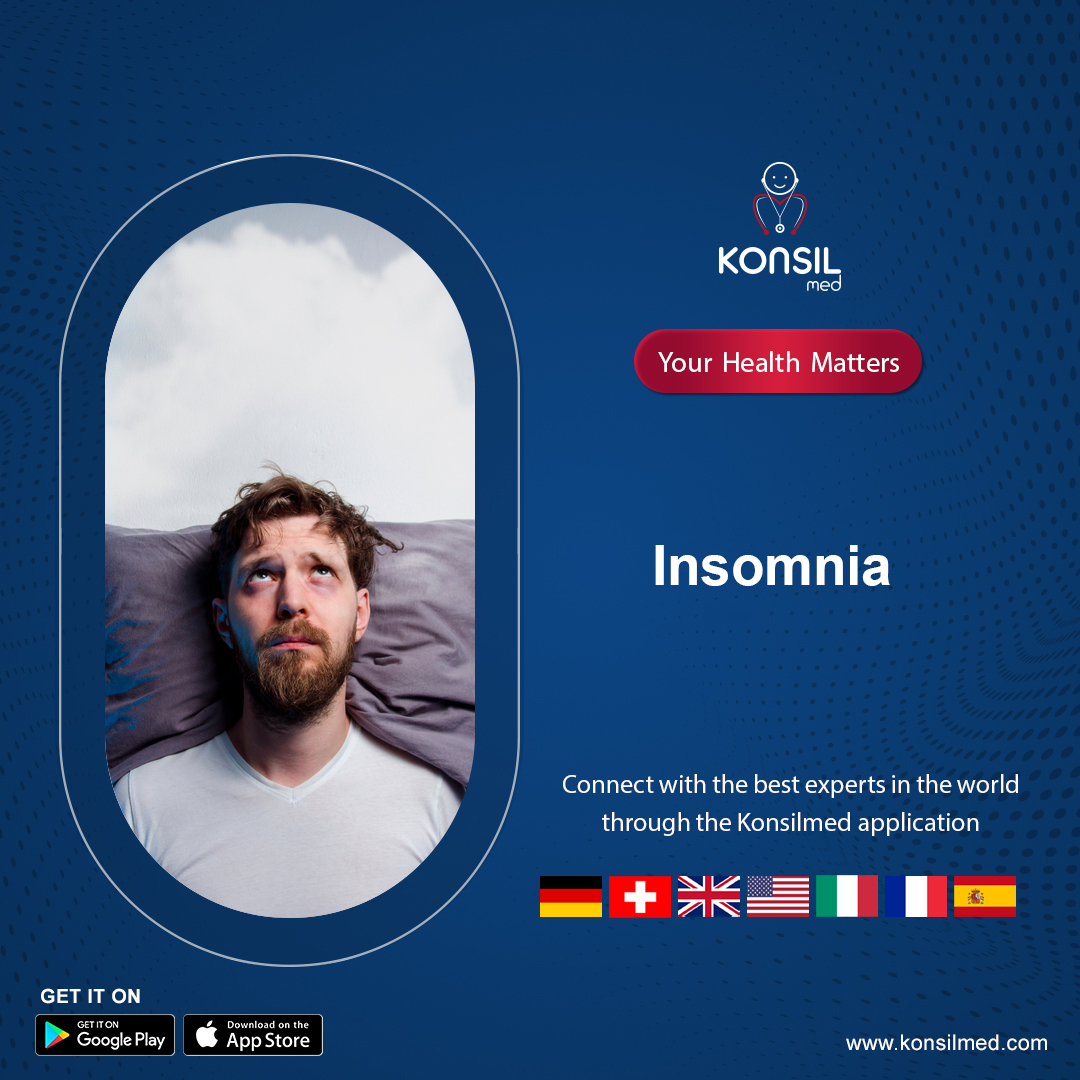
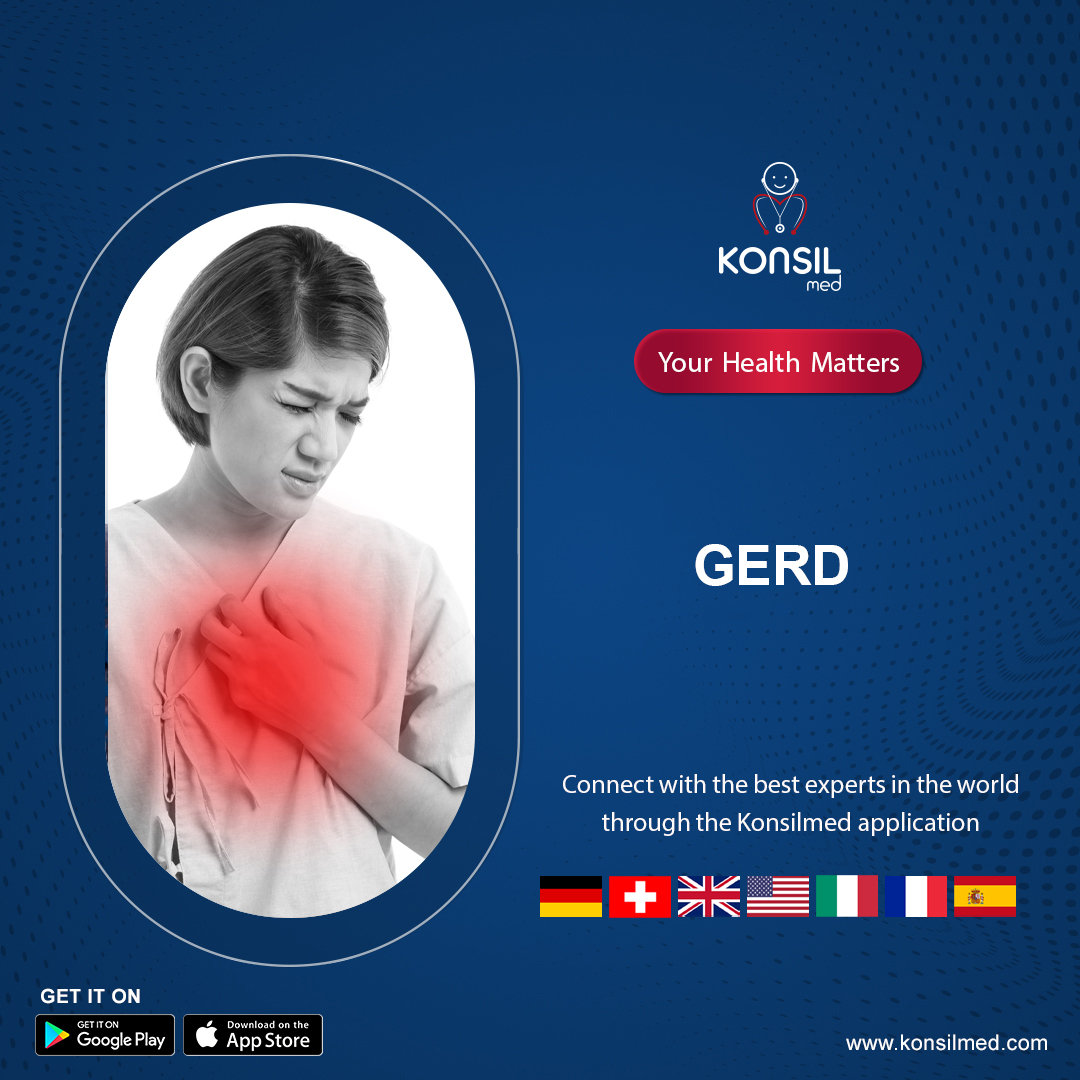
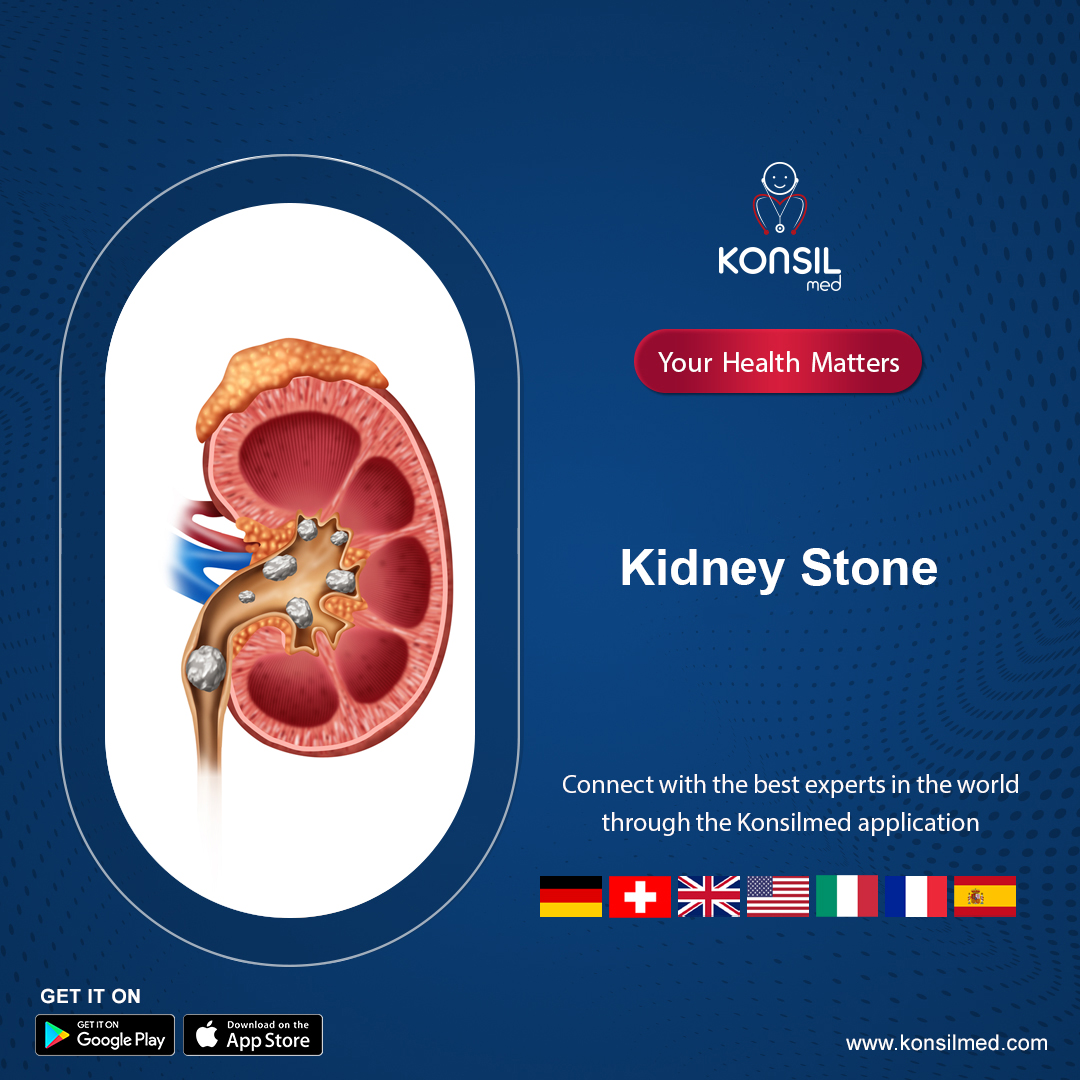
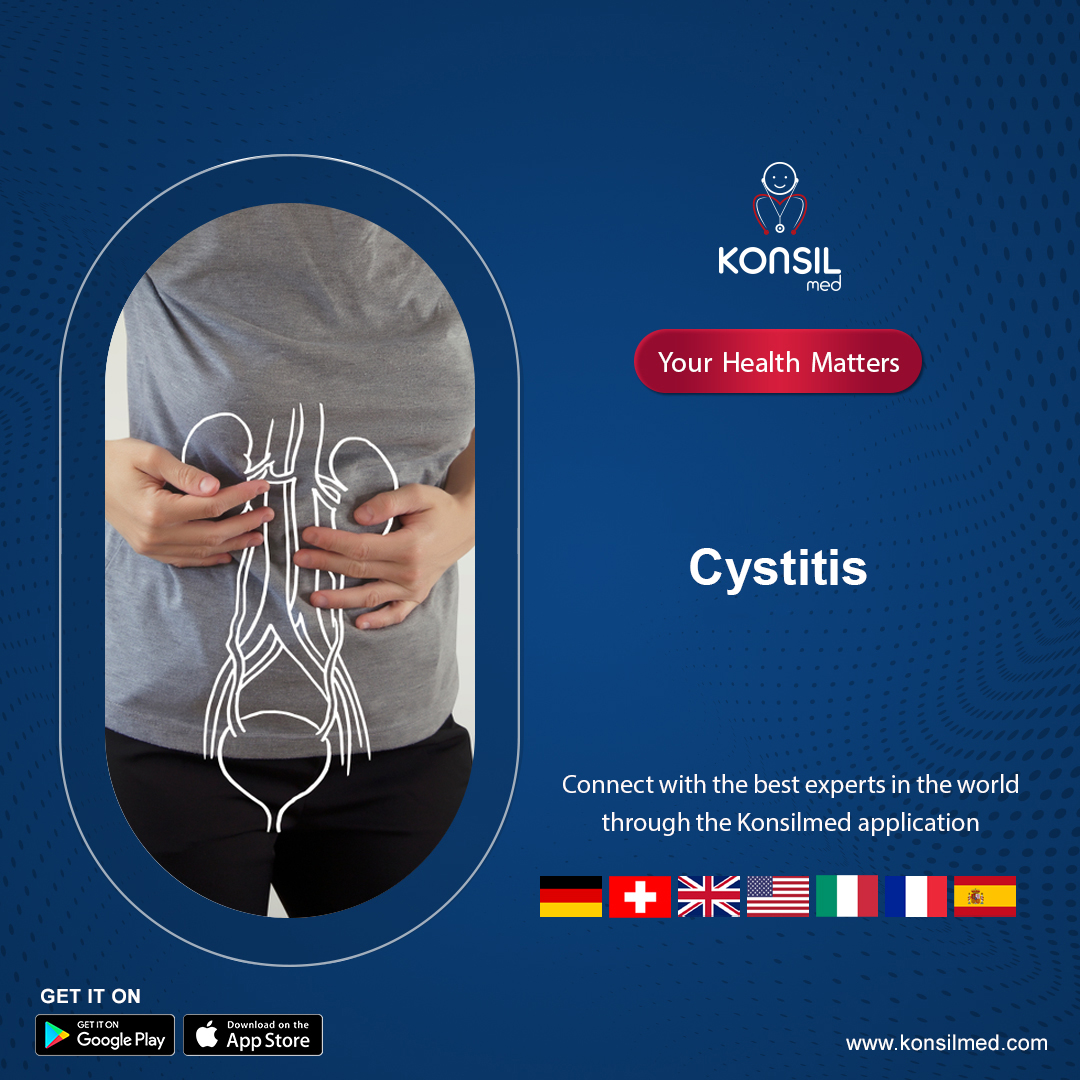
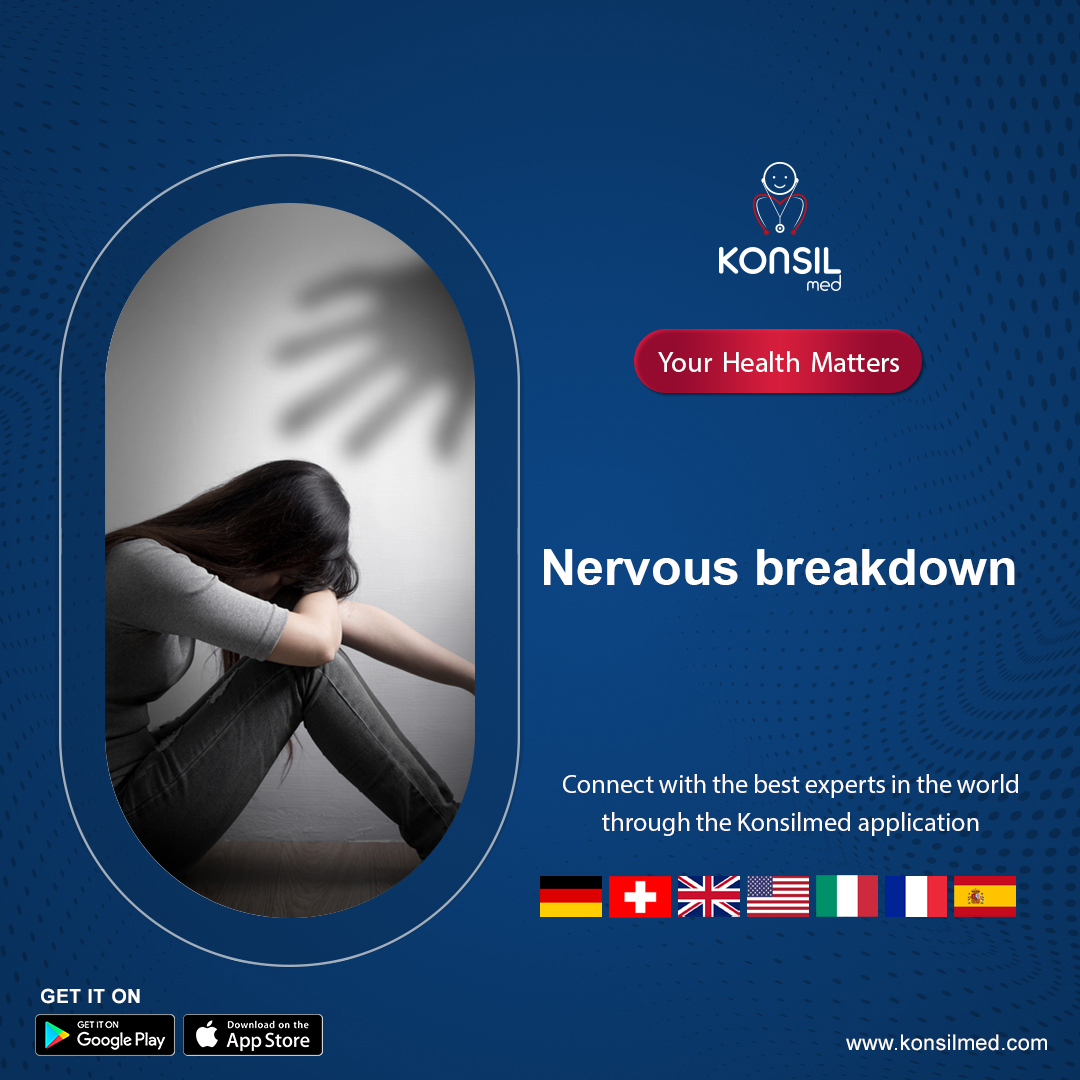
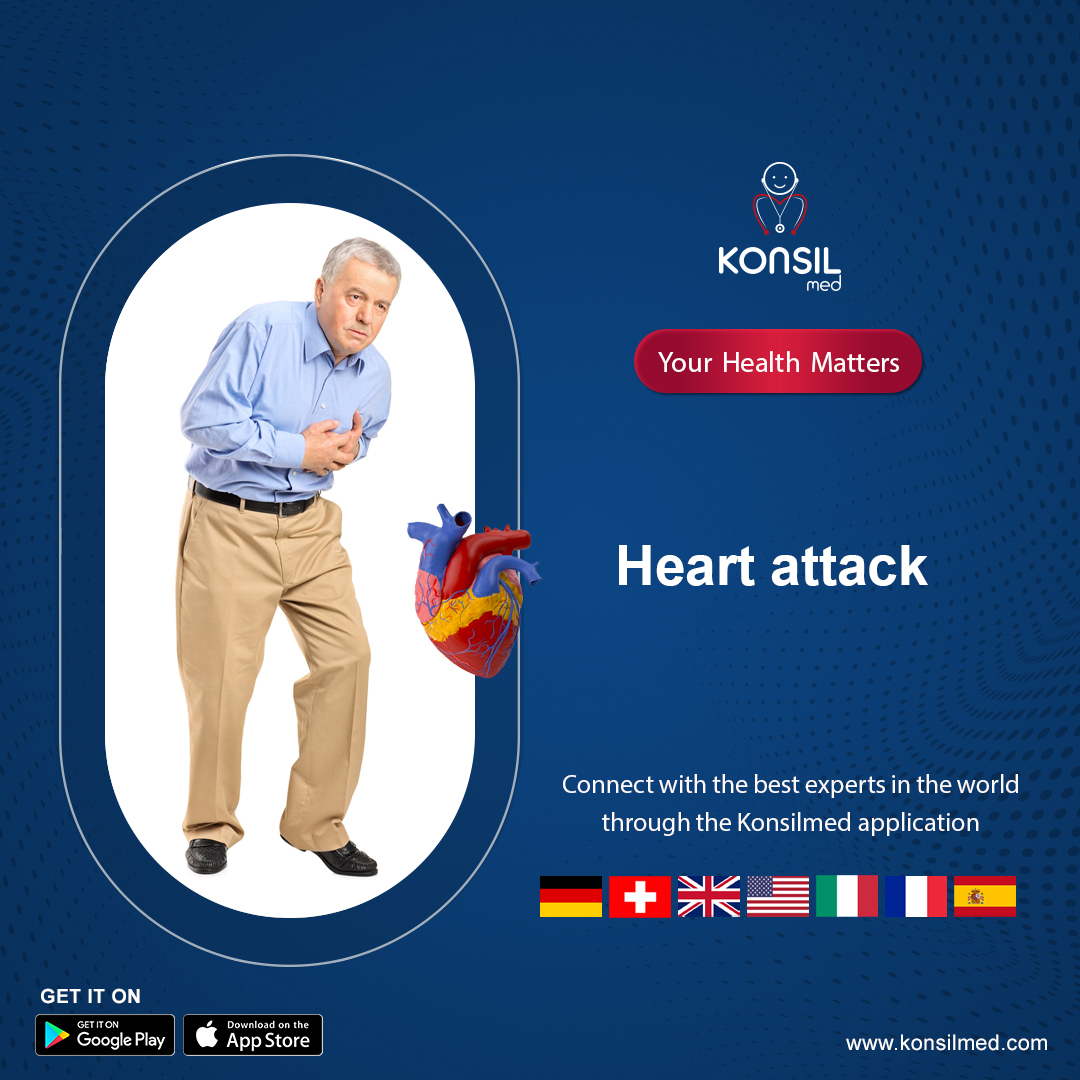
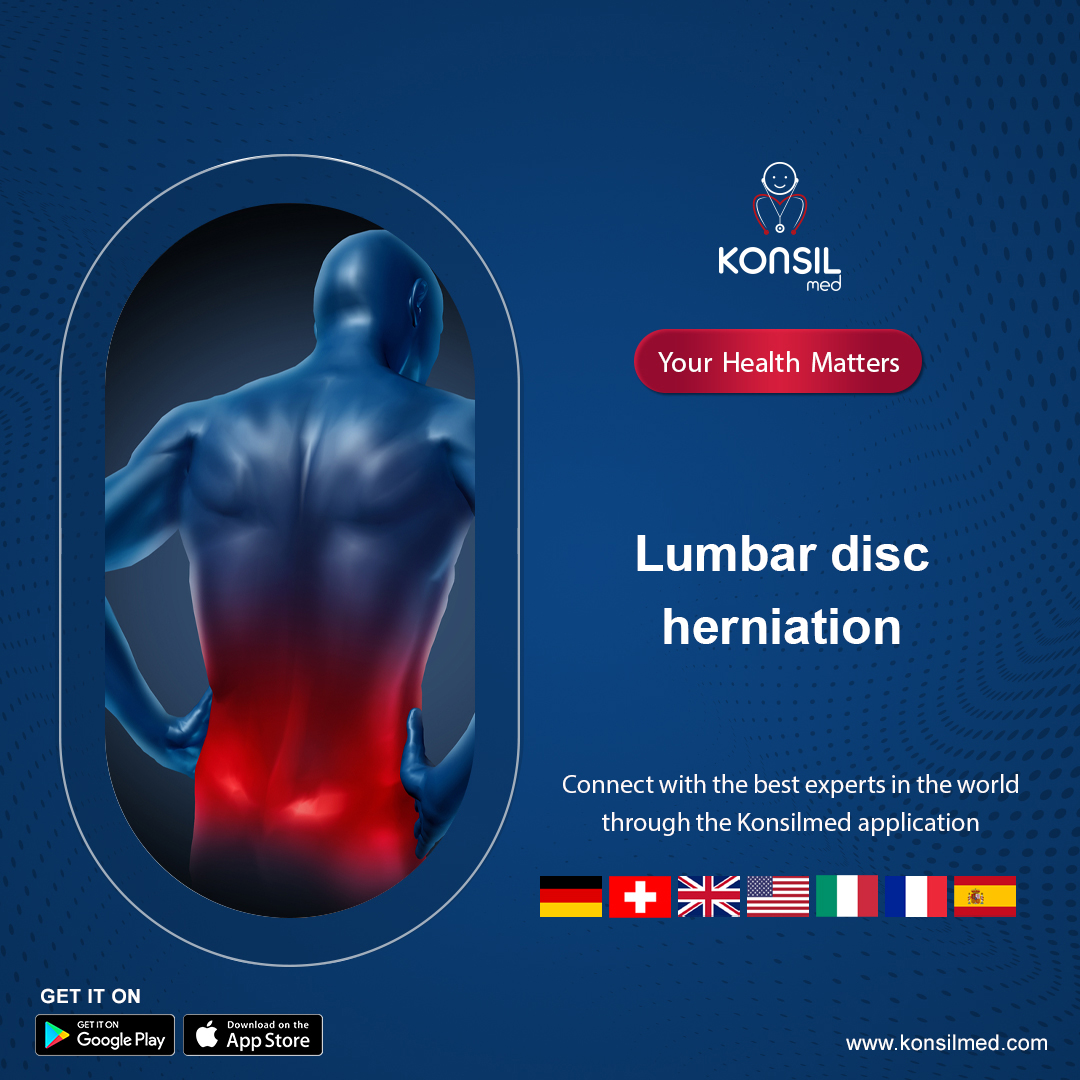

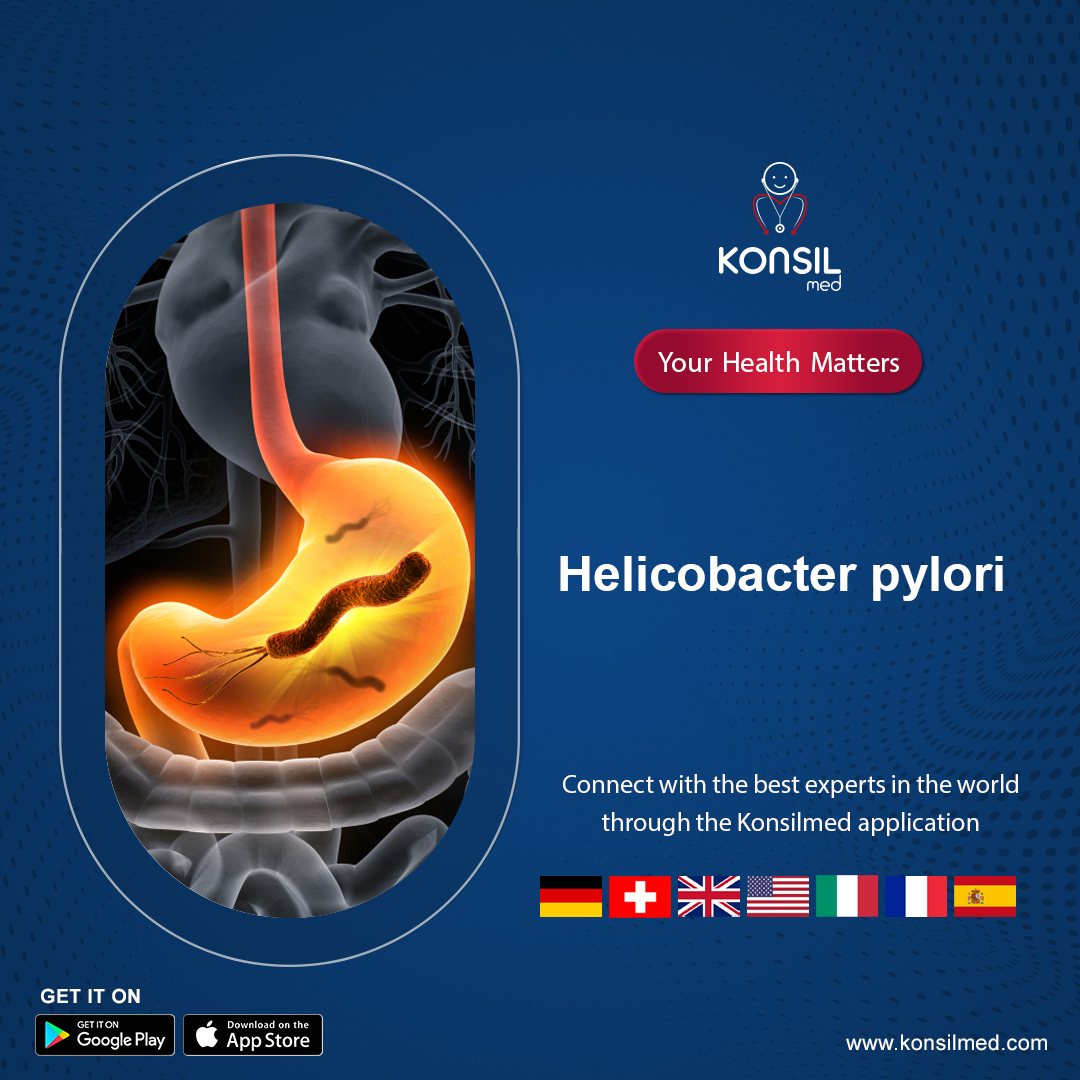
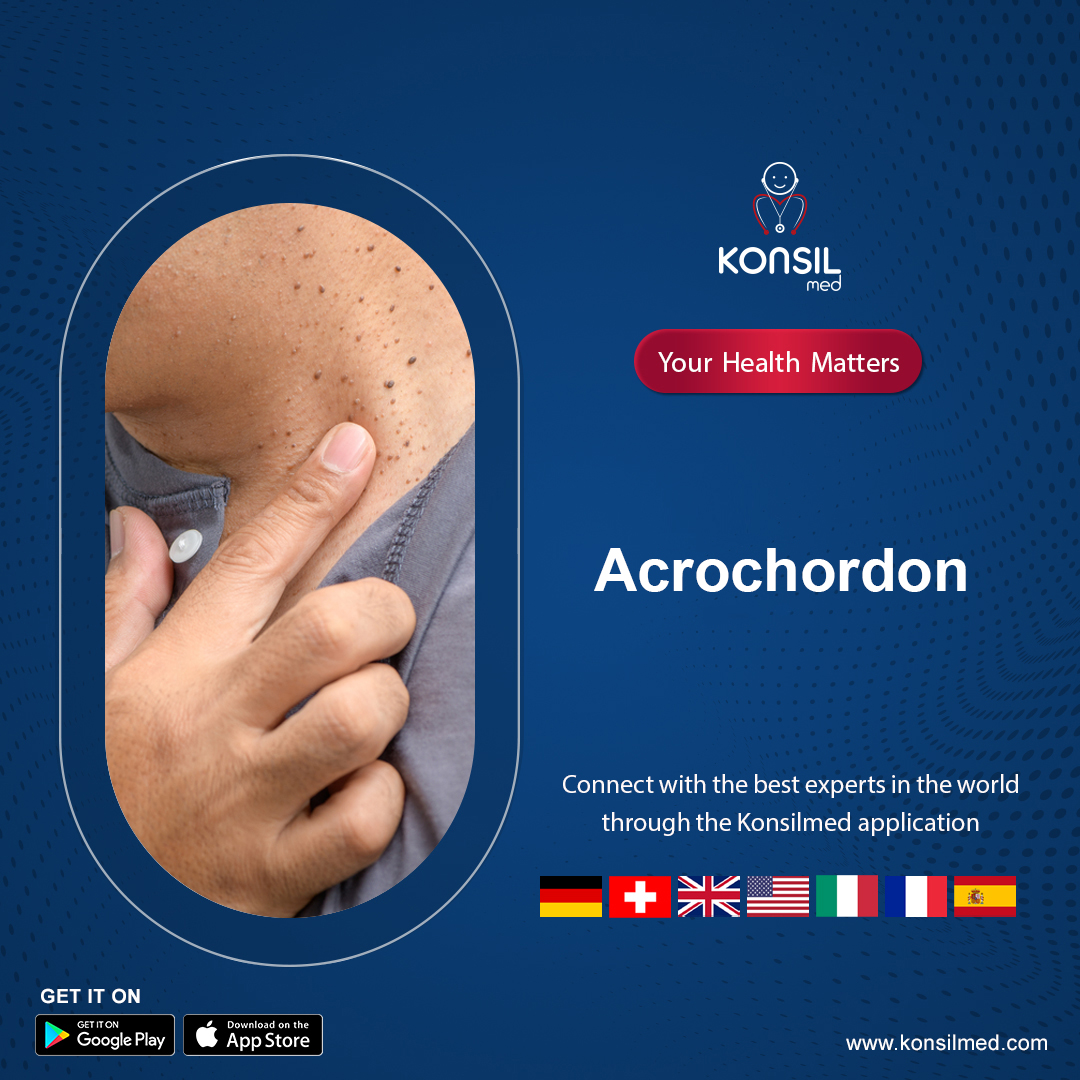
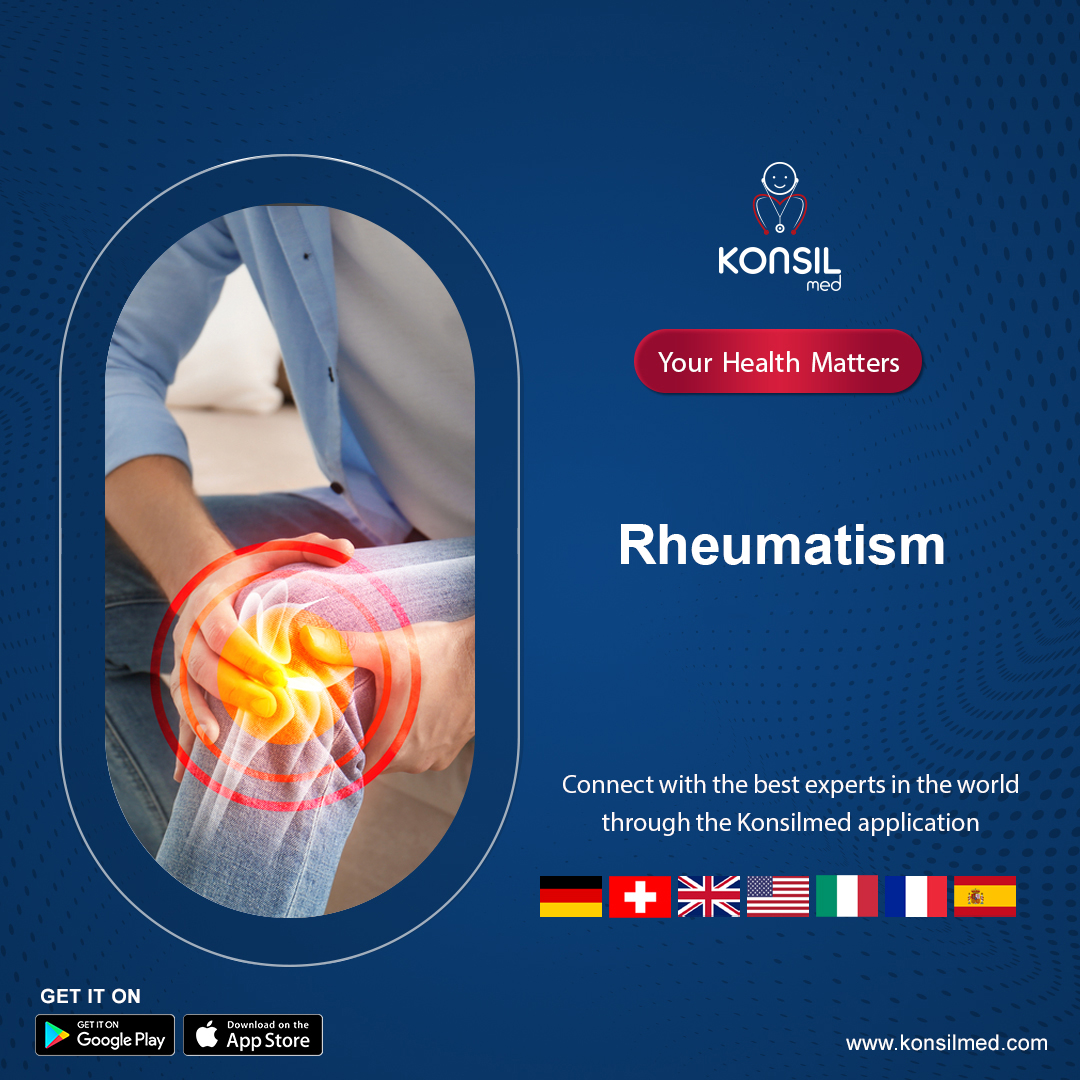


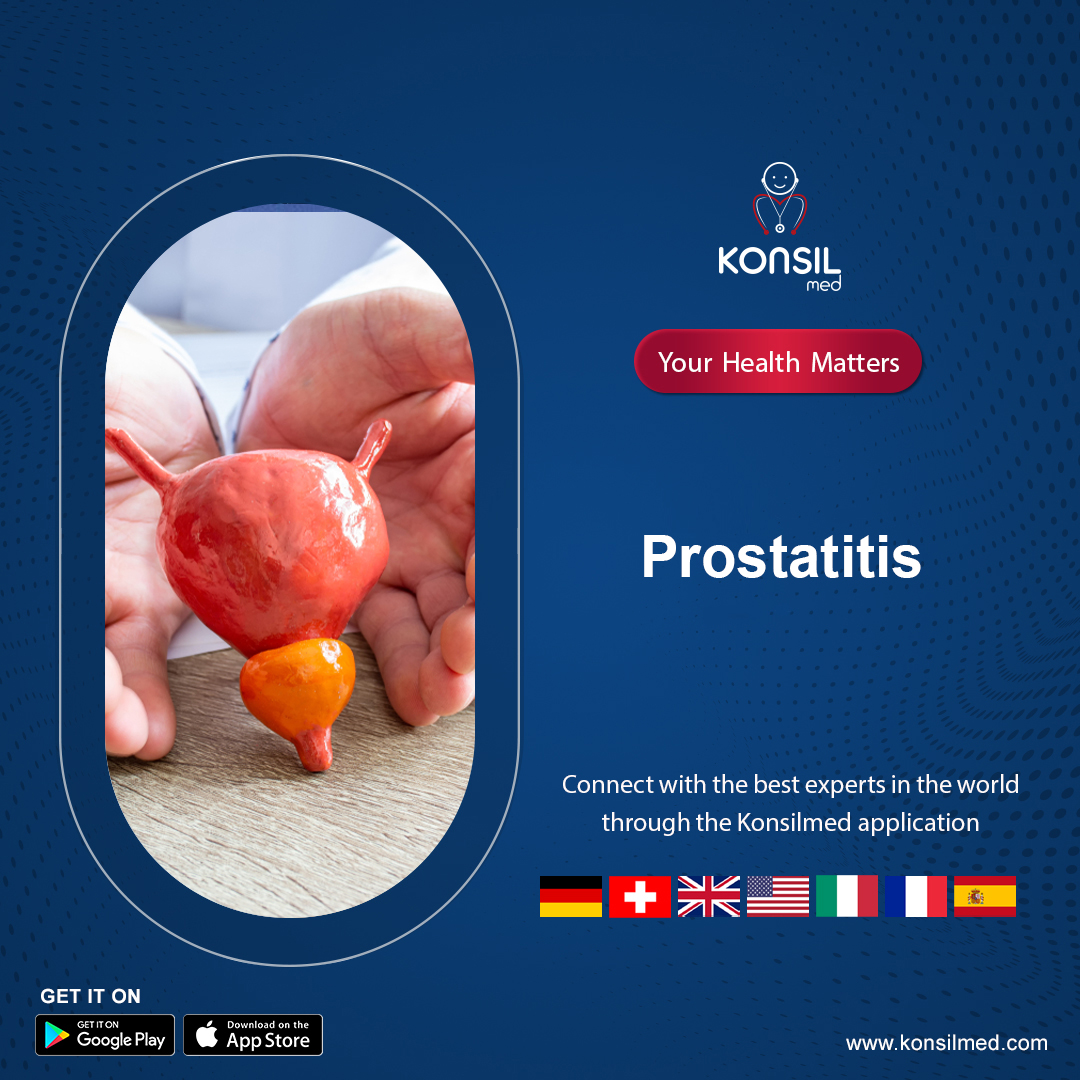

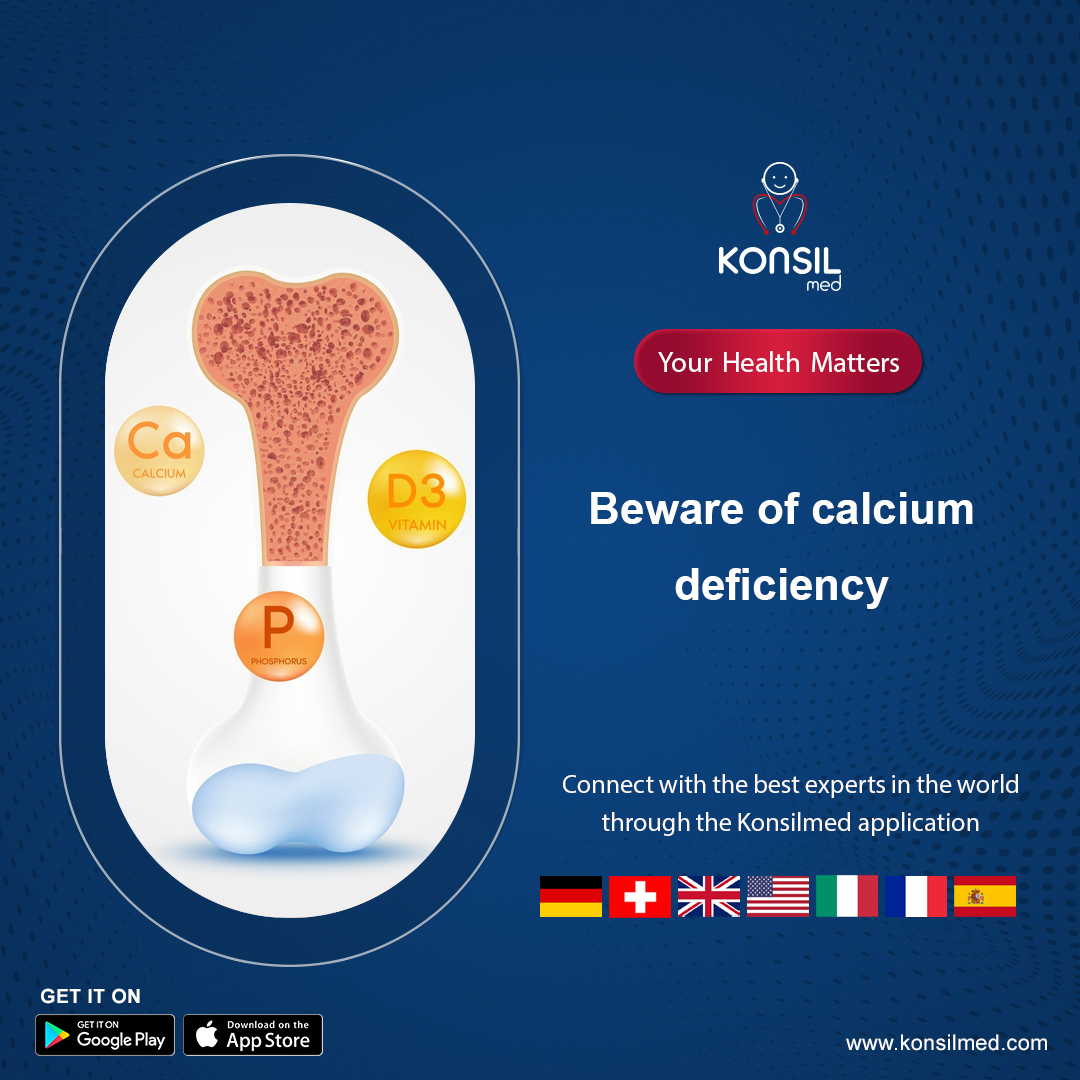
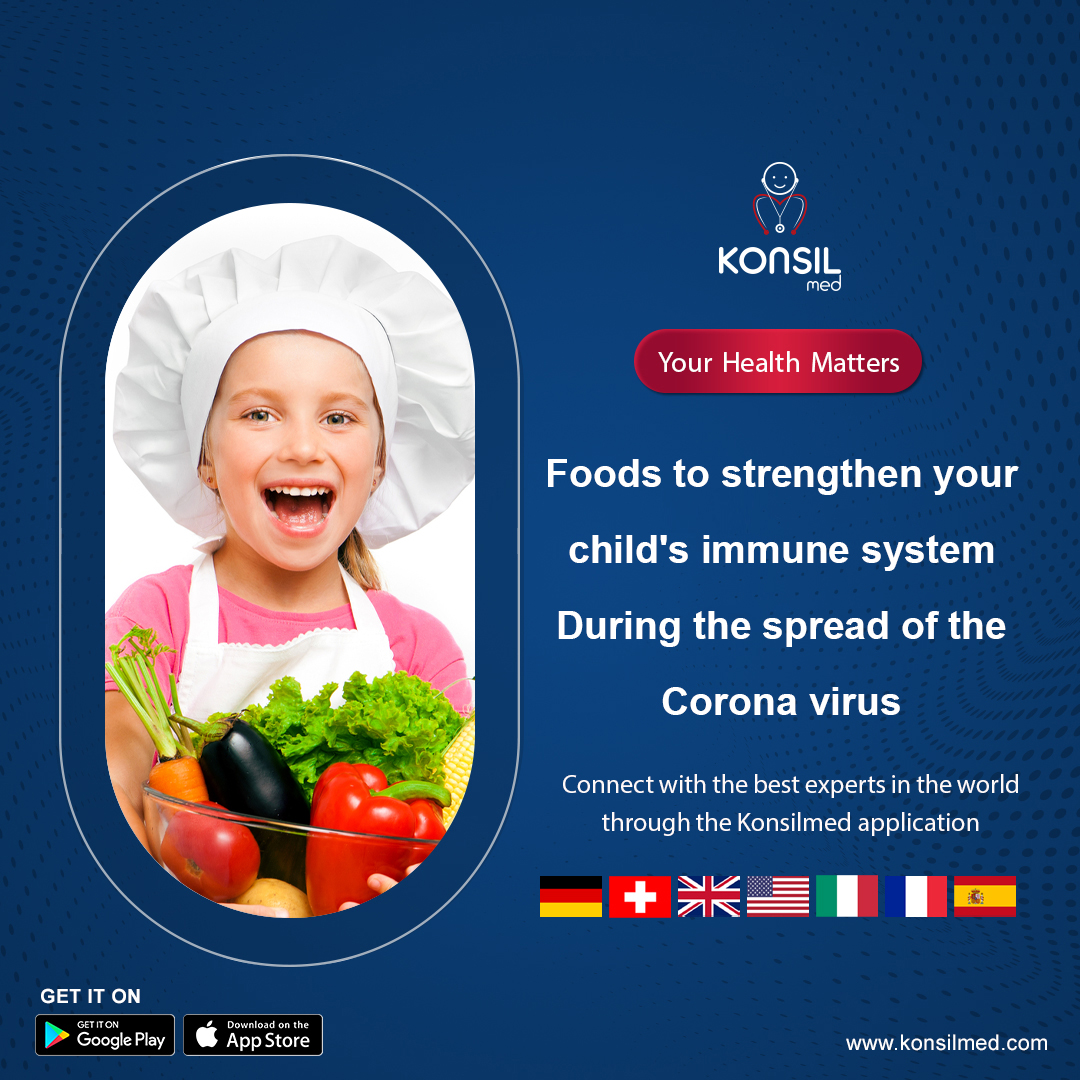
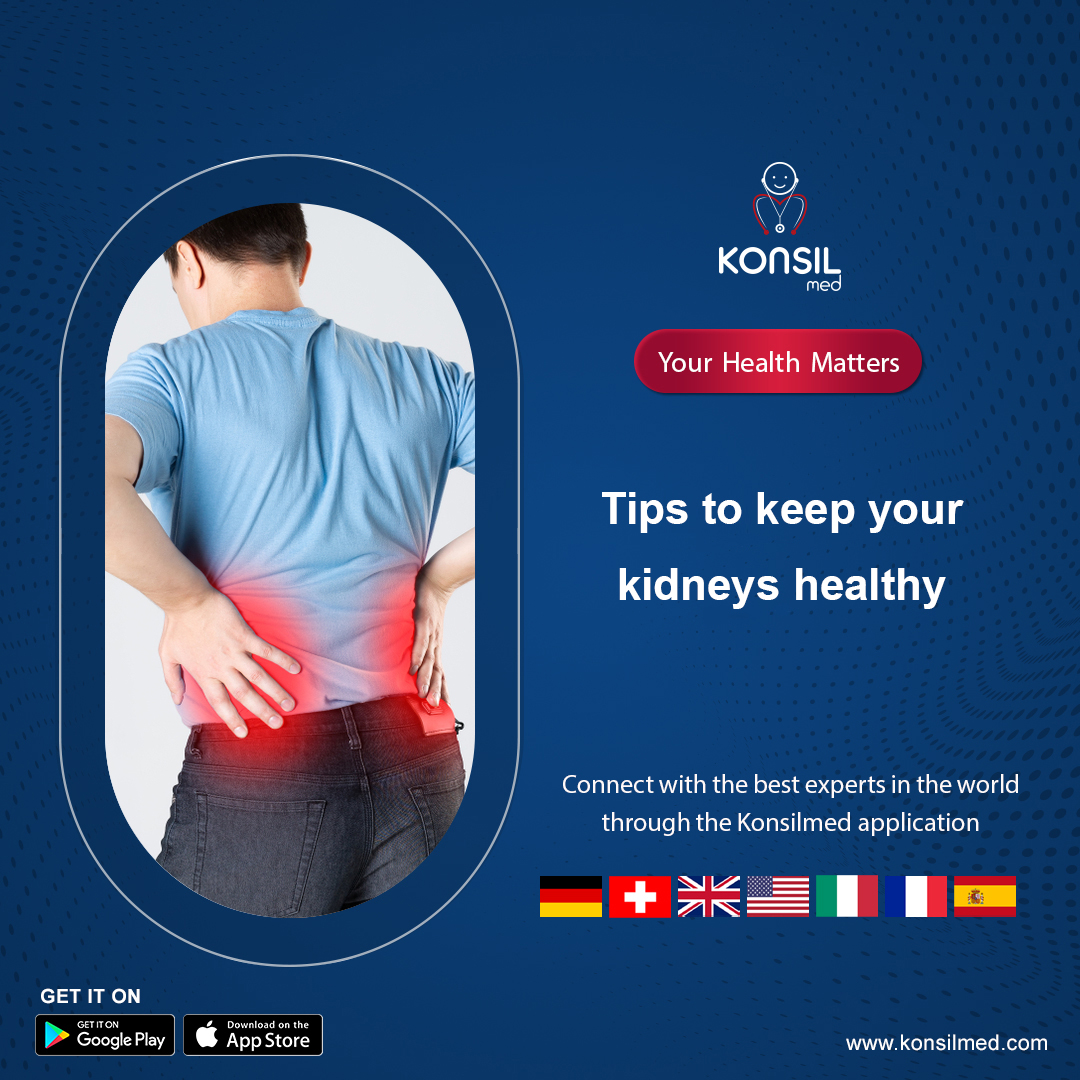
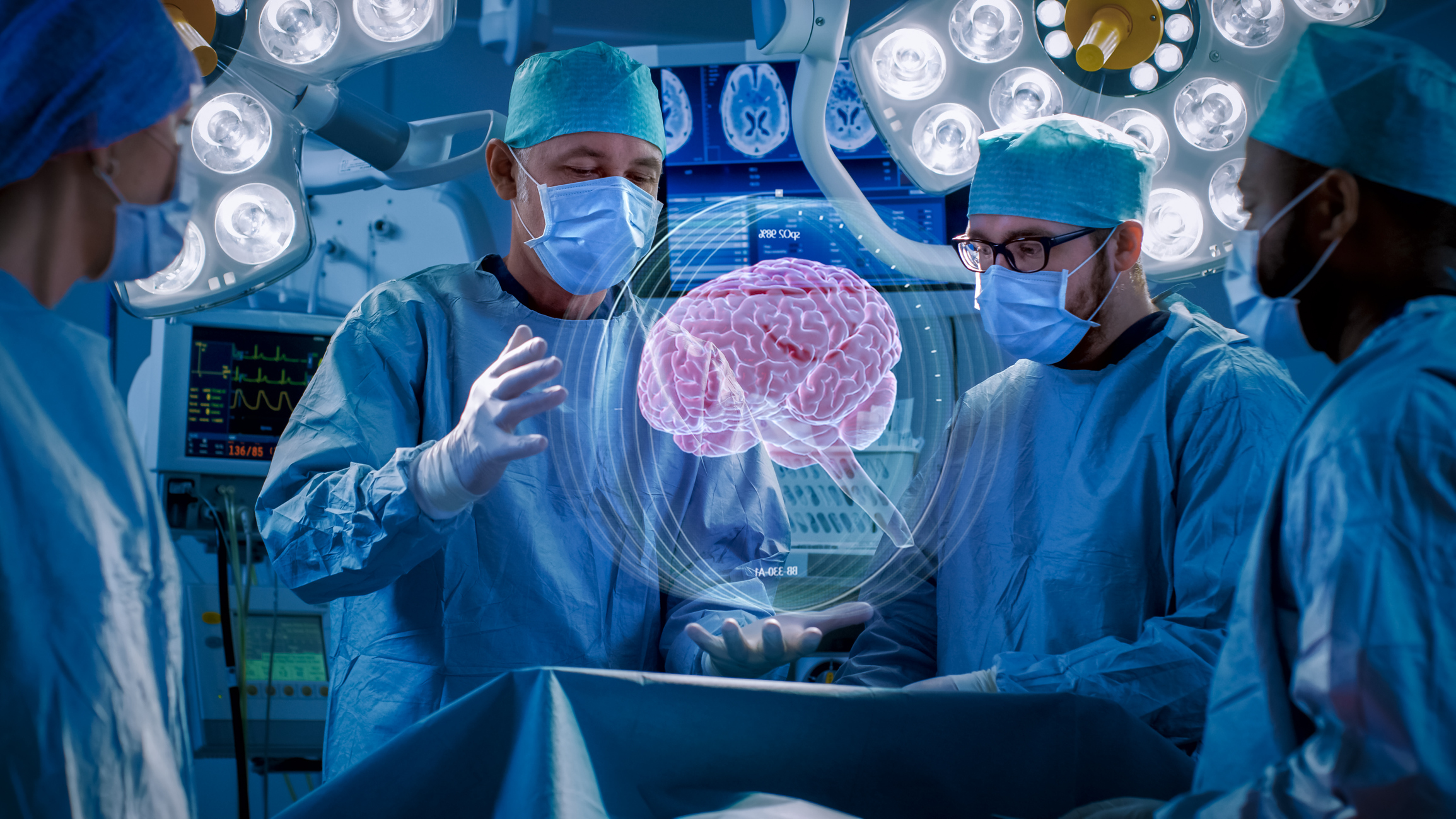
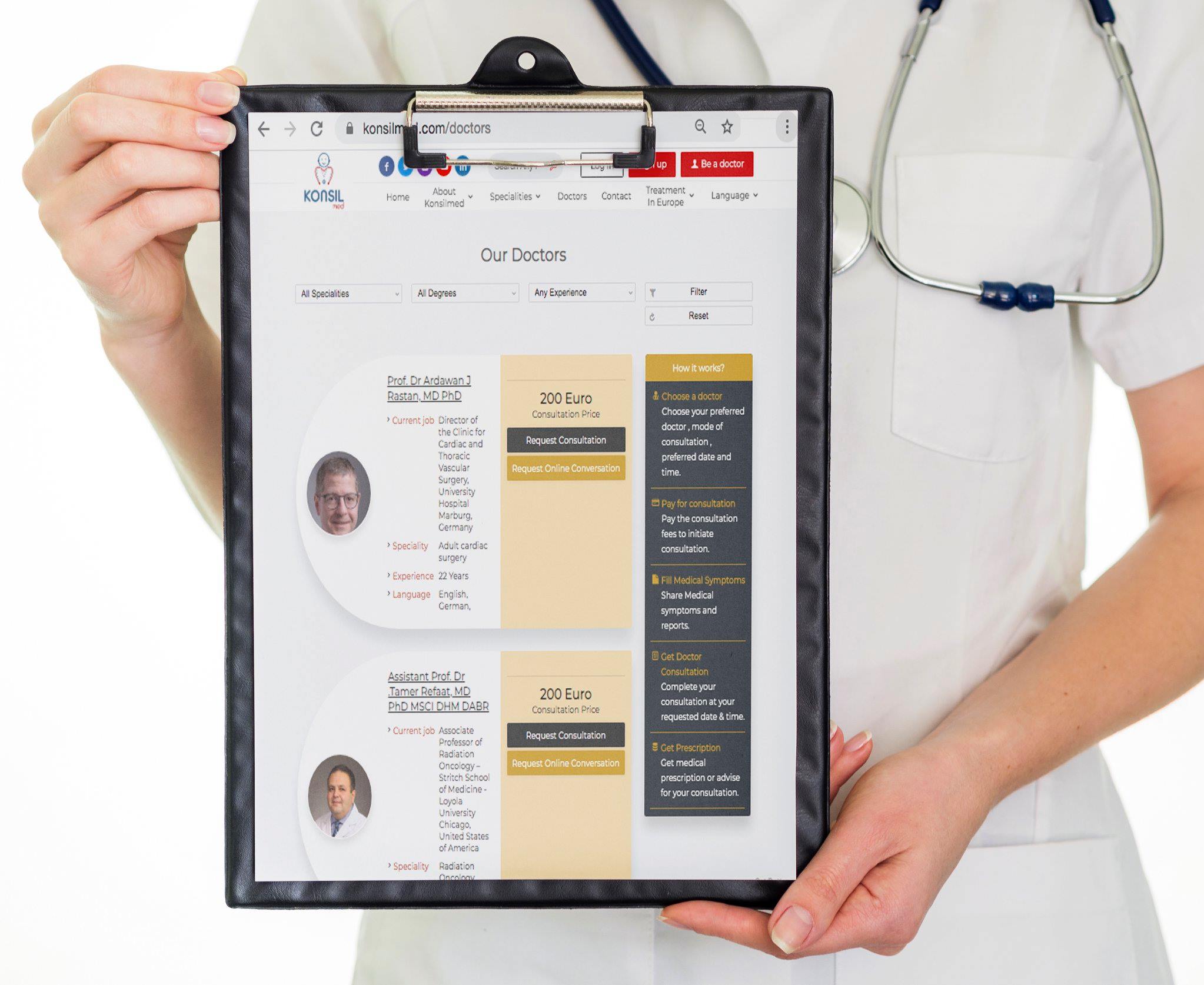
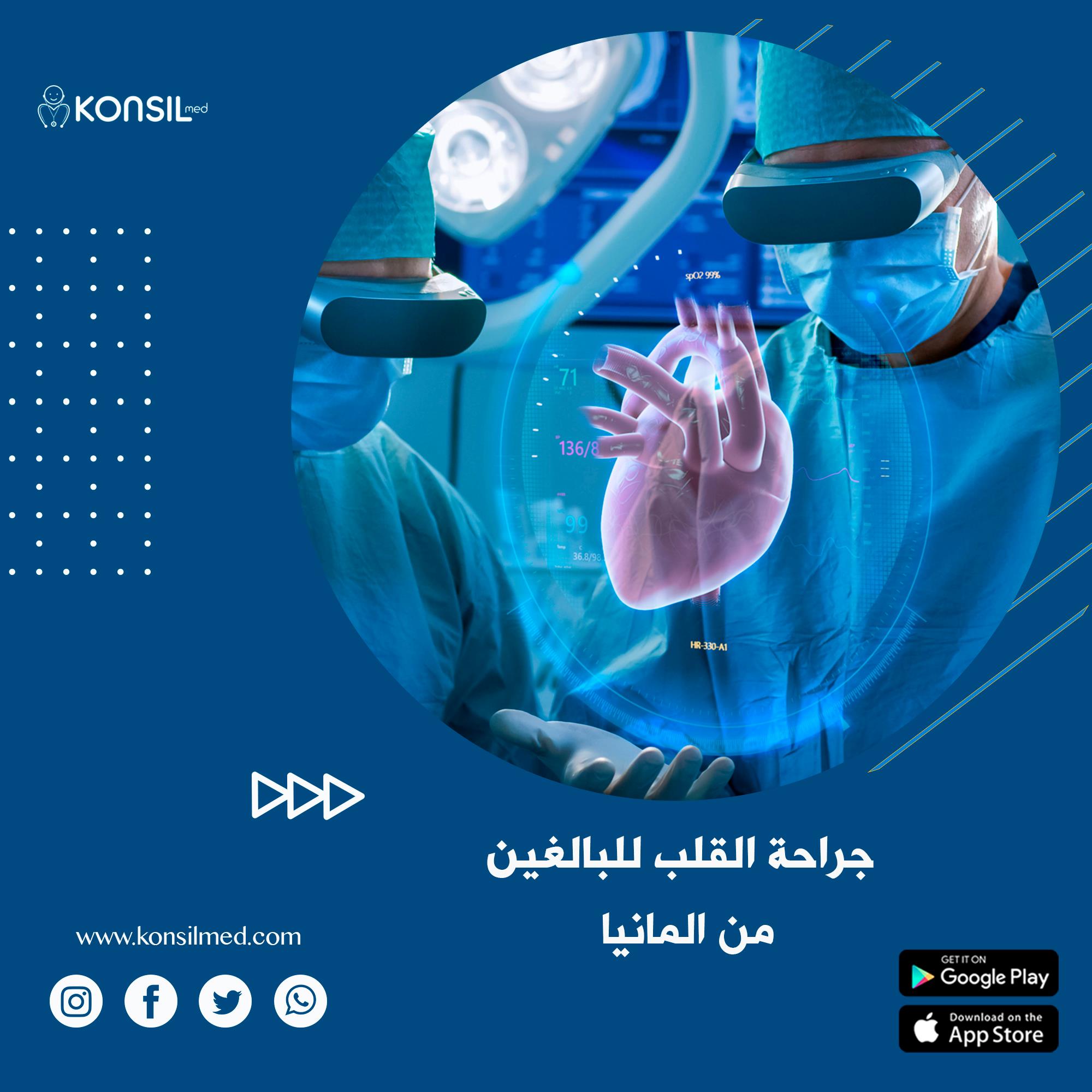
.jpg)
.jpg)